Łomnica, Palace Loop. DOT271
35 km
1-2h
medium
Route details
Palace loop
This mandatory route is set in a varied landscape with expansive views and passes by six magnificent palaces and castles. The terrain predominantly consists of gravel and dirt roads. The slopes are moderate, and the surface condition is generally good. The total length and number of attractions along the way make it ideal for a full-day excursion for experienced groups. The route is nearly 35 km long with a total elevation gain of approximately 500 m. There are around 10 climbs with gradients up to 7.5%, some of which have loose surfaces.
The Łomnica museum complex with the Palace Museum and the "House of Prayer" Meeting Place is one of the most interesting tourist attractions in the region. A unique point on the map of small and large explorers and lovers of historical mysteries. Learn about the fate of the palace's former inhabitants and enjoy the unique atmosphere of historic, authentic interiors on three floors of the palace. The multimedia exhibition "Three Centuries of Life in the Łomnica Palace" will guide you through 18 rooms and present the touching story that took place within these centuries-old walls. In the reconstructed house of prayer - a former Lower Silesian Evangelical church - you can admire the wonderful interiors of this unique building of sacred architecture in Europe. You can learn about the turbulent, extremely interesting and yet little-known history of religion in the 17th and 18th centuries, which led to the creation of over 200 churches of this type in Lower Silesia, through the multimedia exhibition "Silesian Houses of Prayer - Silesian Tolerance".
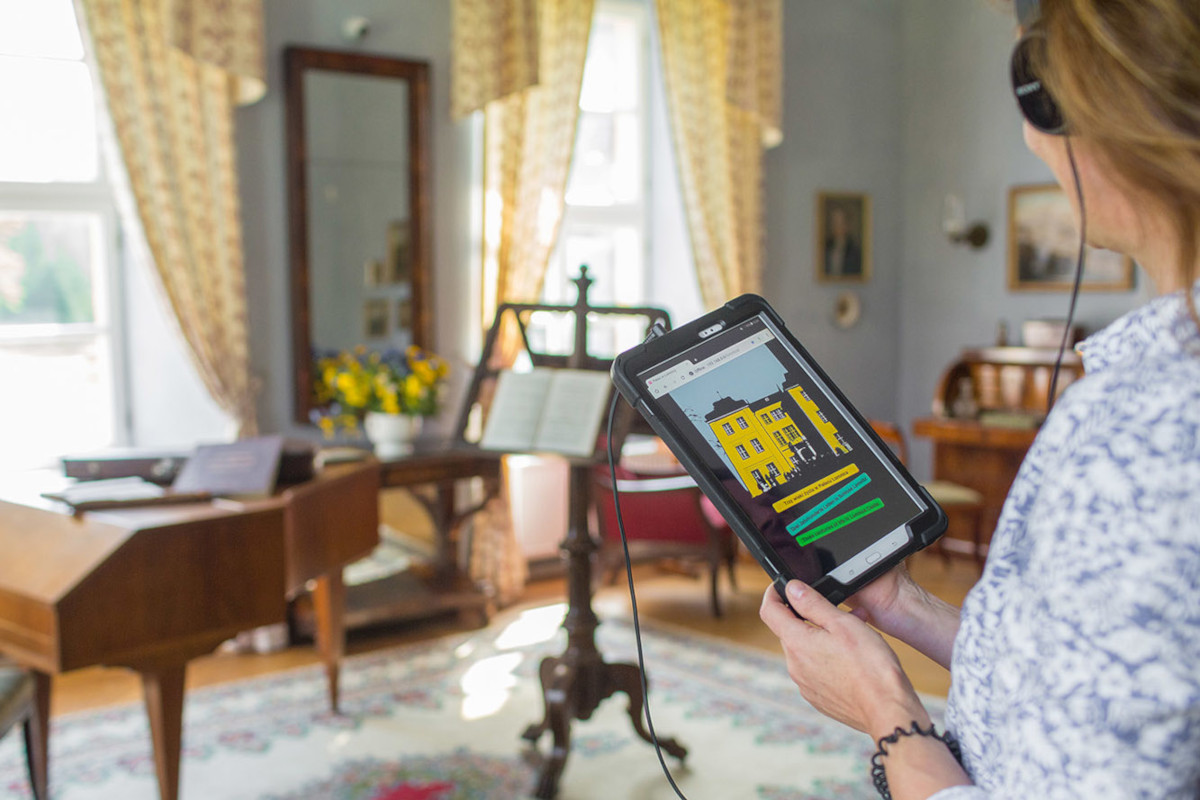
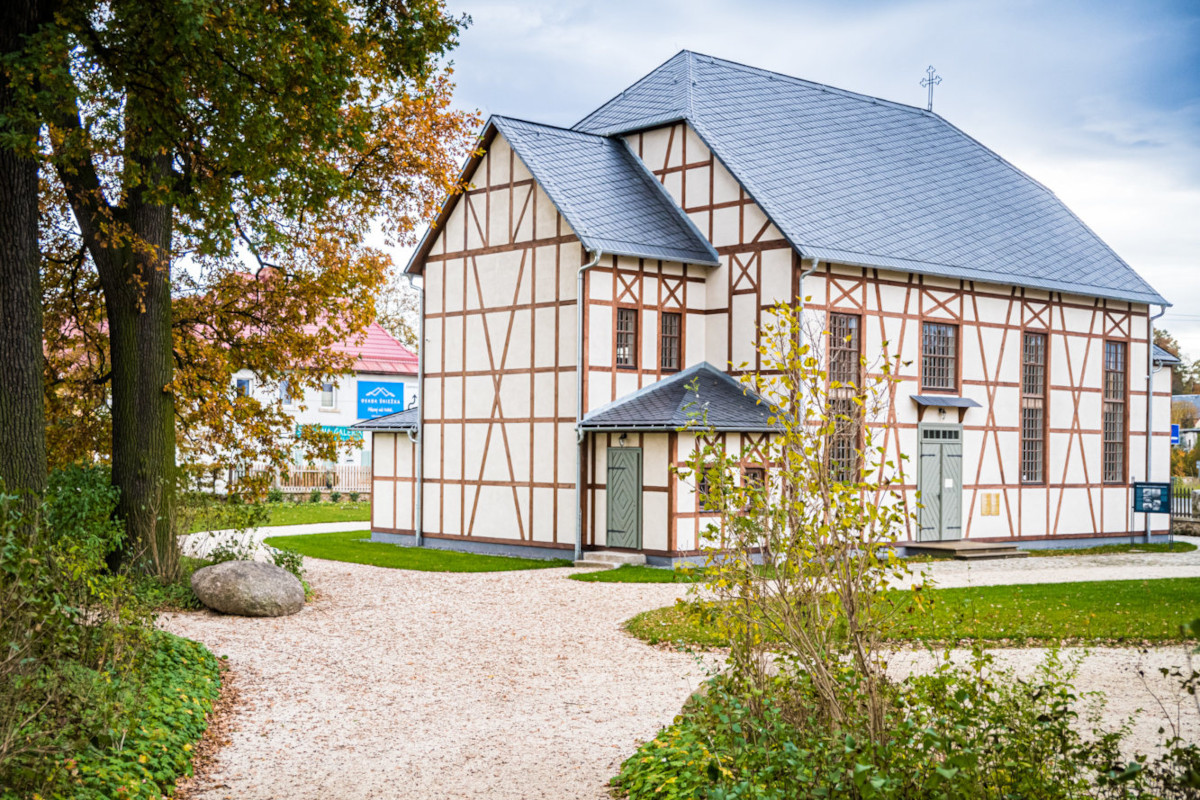




The earliest information about the estate in Łomnica comes from the years approx. 1475-1654, when the estate was in the hands of the Zedlitz family. The reconstruction of the manor into a baroque palace took place in the years 1705-1725. . The last major modernization of the palace took place in the years 1838-1844, after the palace was taken over by the Küster family. Its designer and implementer was Albert Tollberg. The current shape of the building has not changed much since Baroque times, the whole is surrounded by a landscape park, which, according to recent findings, was created in 1835 using the natural riverside terrain.
The current palace is a three-story building with an attic. From the front, in the extreme corners, there are prominent avant-corps - alcoves. The main body is covered with a hipped roof. A balcony portal with corner columns leads to the interior of the palace. Inside, the spatial layout has been preserved unchanged, including the hall with Doric columns and large fragments of wall paintings with classicist painted decorations of the ceiling and facets. There are farm buildings near the palace.

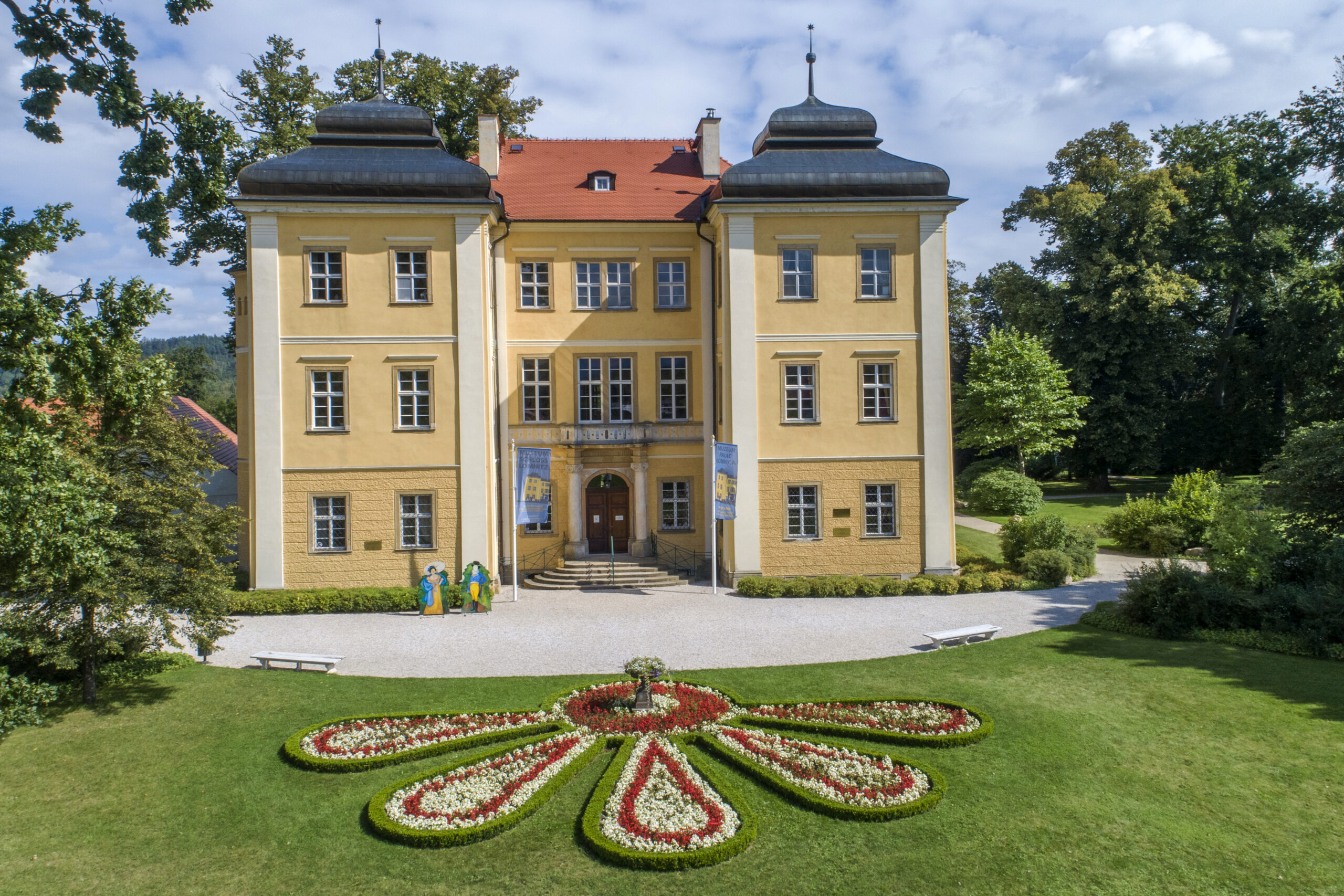
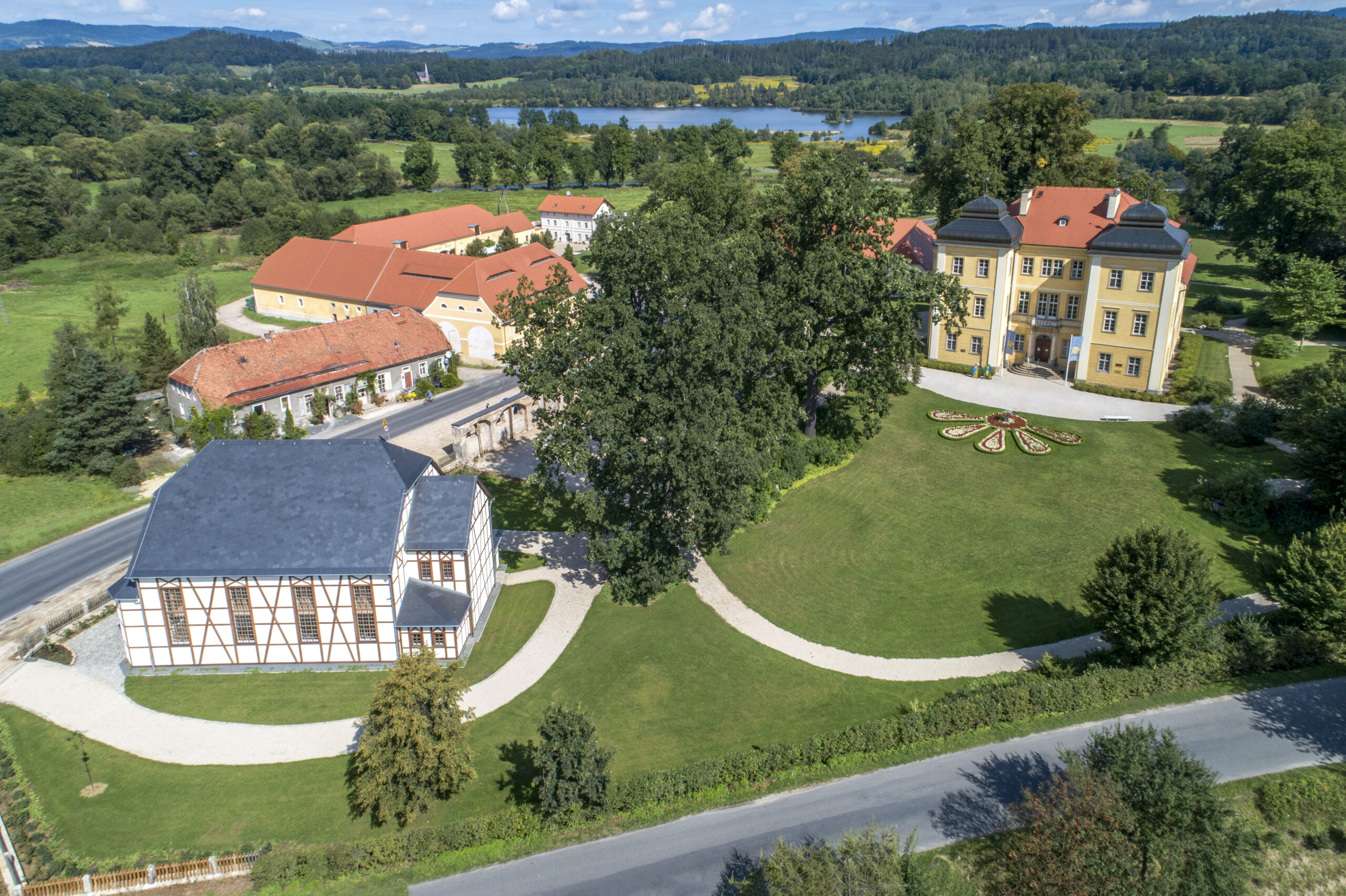
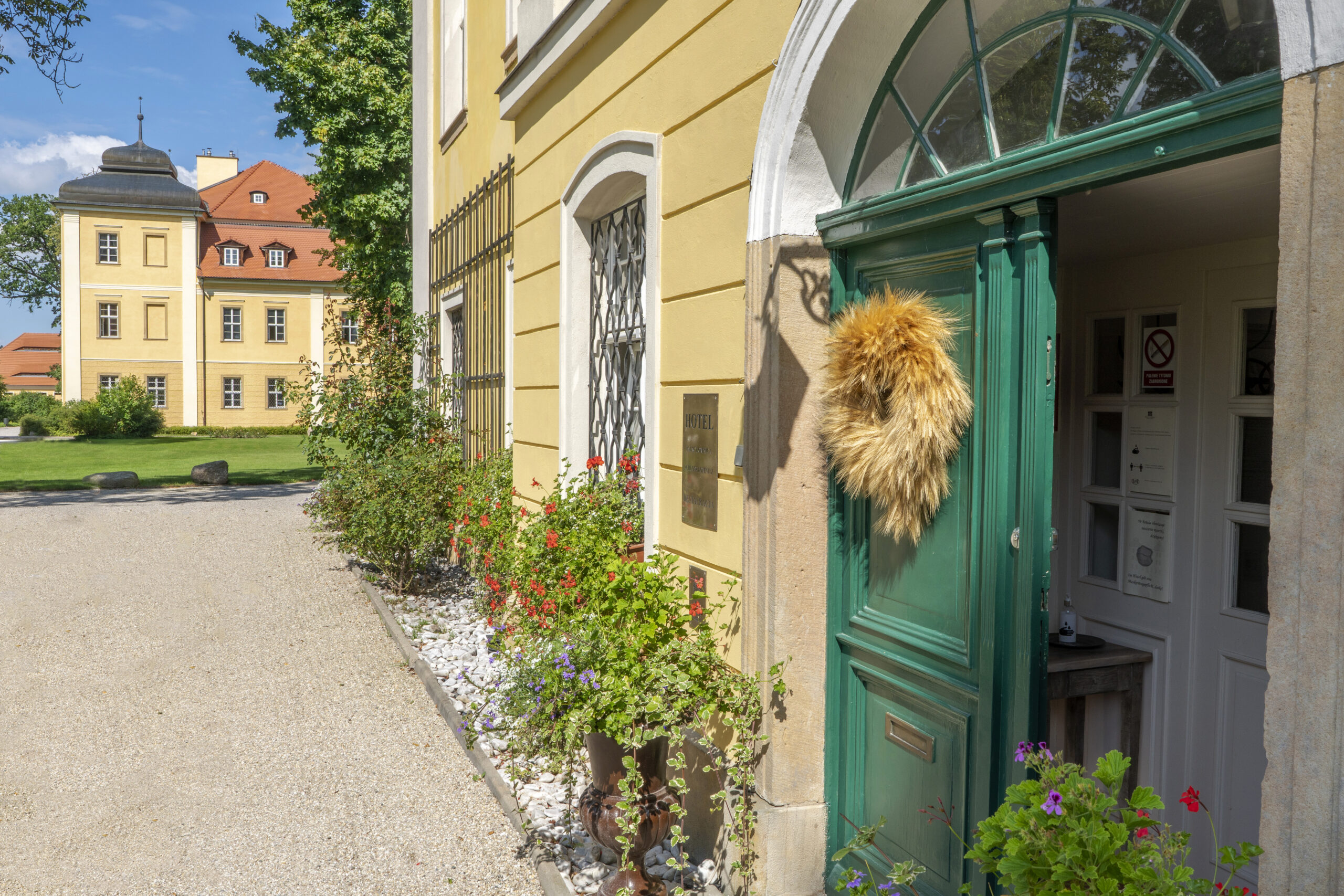
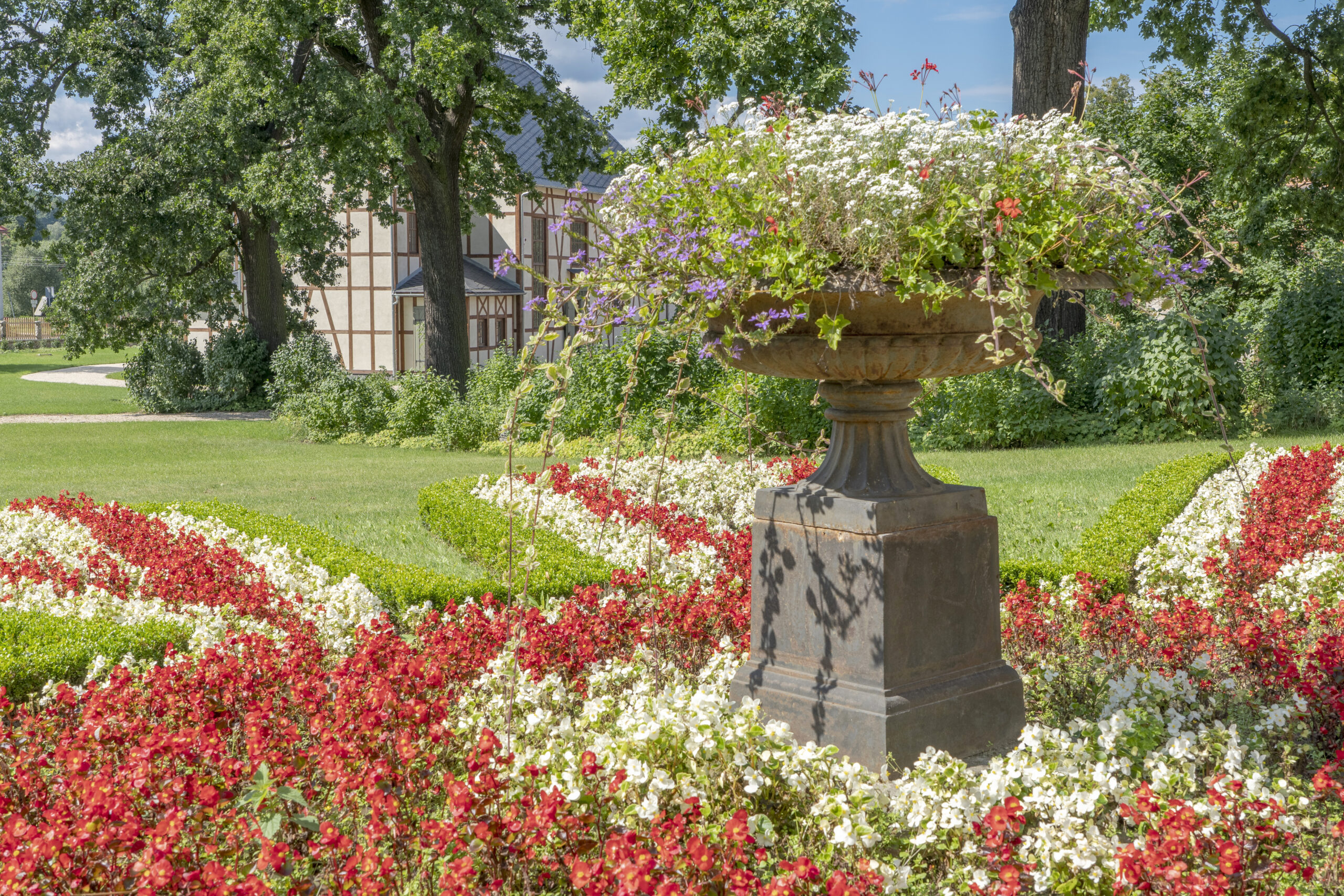










Palace Park
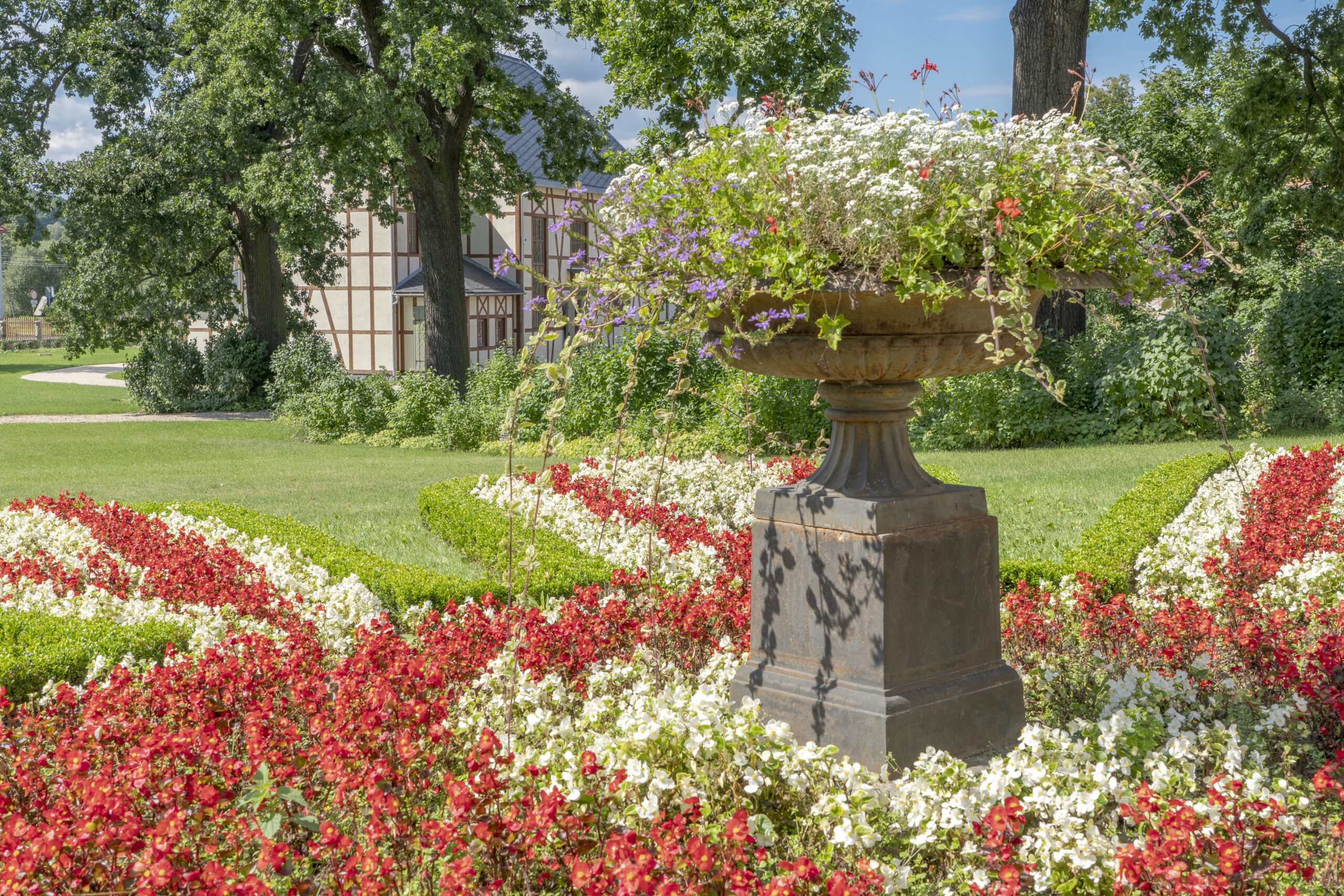


Bóbr River
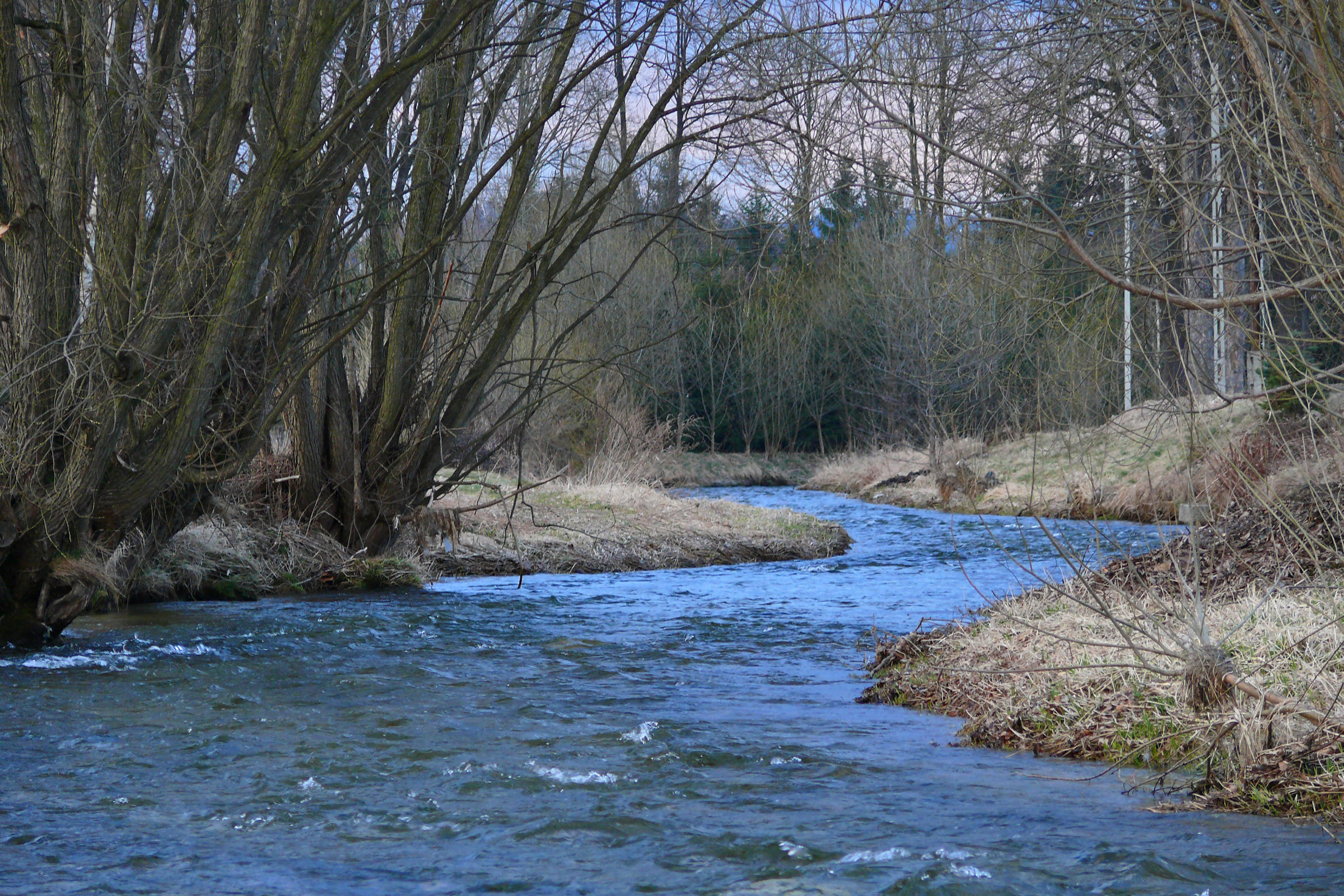


The fortified castle in Bobrów was built around 1450. In the 16th century, there was also a knight's tower and a small stronghold there.
The palace in Bobrów is located on a high slope above the Bóbr River. Despite the damage, the palace has retained its impressive, picturesque shape. The palace is a three-story building with a varied shape and plan, with a four-sided, massive tower in the middle of the body. Stylistically, the architecture of the palace is close to the forms typical of the French Renaissance, decorated with Dutch ornaments and numerous gables, bay windows and turrets. Of the surviving interiors, noteworthy are a large rectangular hall with a vault supported by a monolithic column and a representative staircase. The palace is adjacent to a characteristic farm complex in a horseshoe shape. The condition of the palace is poor. No sightseeing possible.
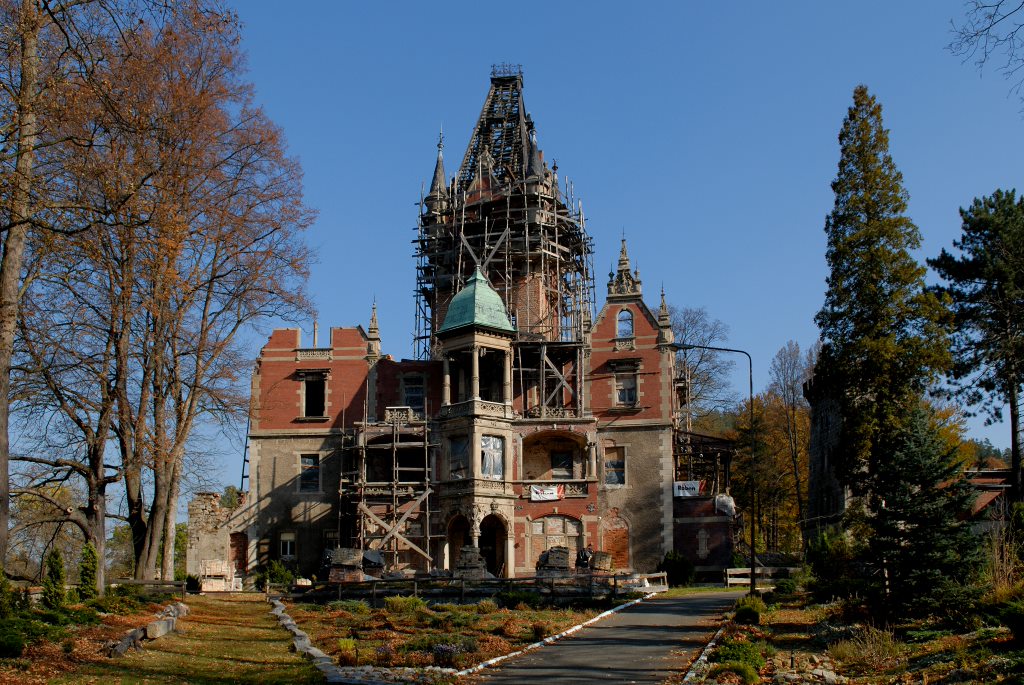


Buczek Mountain
Dębowy Palace is located outside the village of Karpniki, at the foot of the Sokolie Mountains.
In the north of the village of Karpniki, just a few hundred meters from the palace of William of Prussia, in 1875, the marshal of the court of the Duchy of Hesse - Urlich de Tomneux von Saint Paul - built a stately residence with a magnificent park-garden on the land received from the Duke of Hesse, to which he brought many exotic specimens. botanicals.
The facility is located outside the village of Karpniki, at the foot of the Sokolie Mountains. The interior arouses admiration due to its high care and craftsmanship. The windows have preserved original painted stained glass. On the other side of the building, fireplaces and a large mirror have been preserved. The ceilings have richly profiled coffered beams.
Currently, the Oak Palace houses a hotel and a spa. The palace area is available to guests of the Oak Palace in Karpniki.
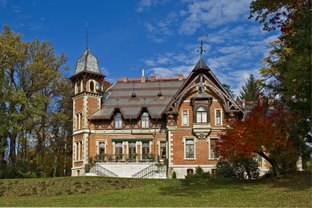
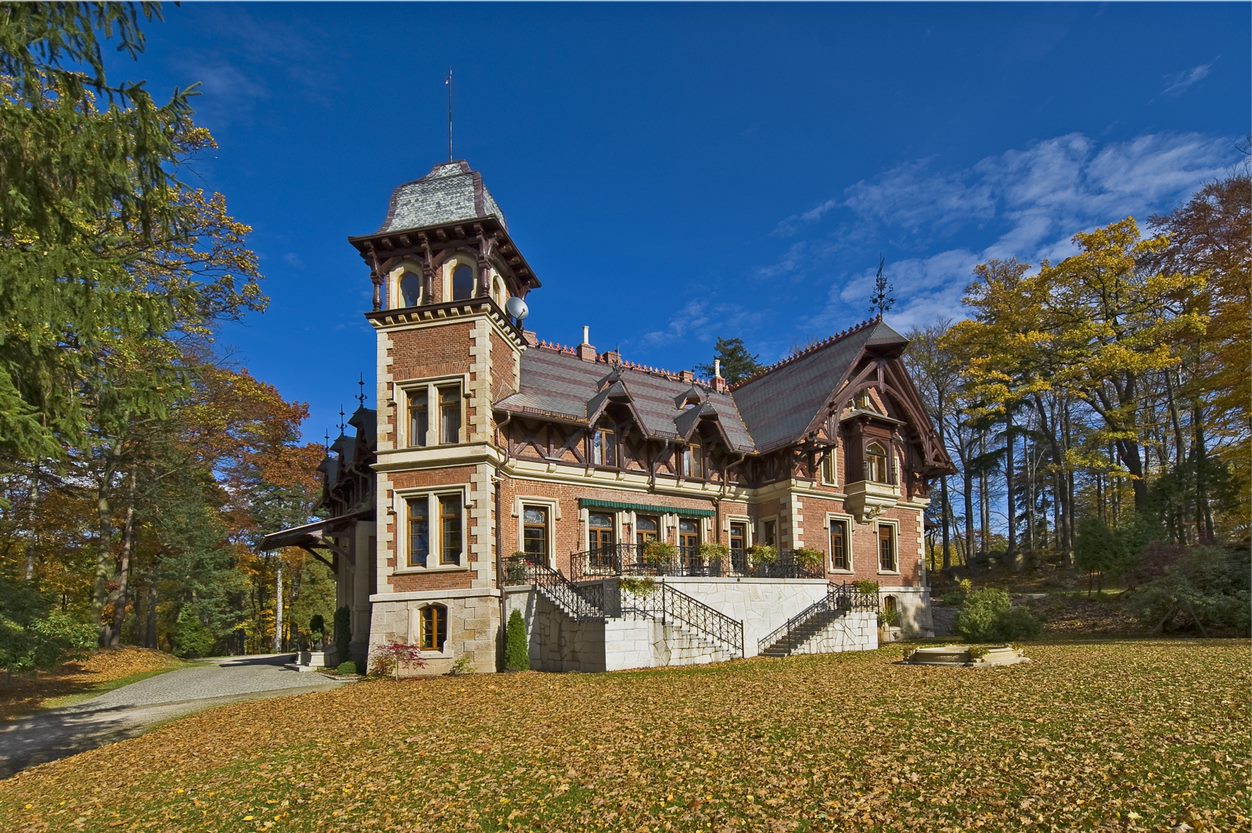




The construction of the castle in Karpniki is associated with the foundation of Prince Bolesław IV or Henry the Bearded. In the years 1426-1427 the castle was destroyed by the Hussites. A new fortified building was built in the 15th century. In 1822, it was purchased by the then governor of the Rhineland, Prince William of Prussia, the younger brother of King Frederick William III, who established his summer residence here. The palace in Karpniki was often visited by Emperor Wilhelm, especially in his teenage years. Russian Tsar Nicholas I also visited here several times.
The neo-Gothic palace is a three-story building, built on a quadrilateral plan, with an internal courtyard. Only the cylindrical tower remains from the medieval building, i.e. from the 4th quarter of the 15th century. Elements of Renaissance decoration have been preserved in the richly carved portals, window frames on the lower floor, several profiled door frames, stucco of the gate room, vaults on the ground floor and fragments of recently unveiled wall polychrome. Fragments of 19th-century decor have been preserved in several rooms. Near the palace there are farm buildings adjacent to a vast landscaped park. Currently, the palace houses a hotel. The property does not offer a tourist route or sightseeing service.
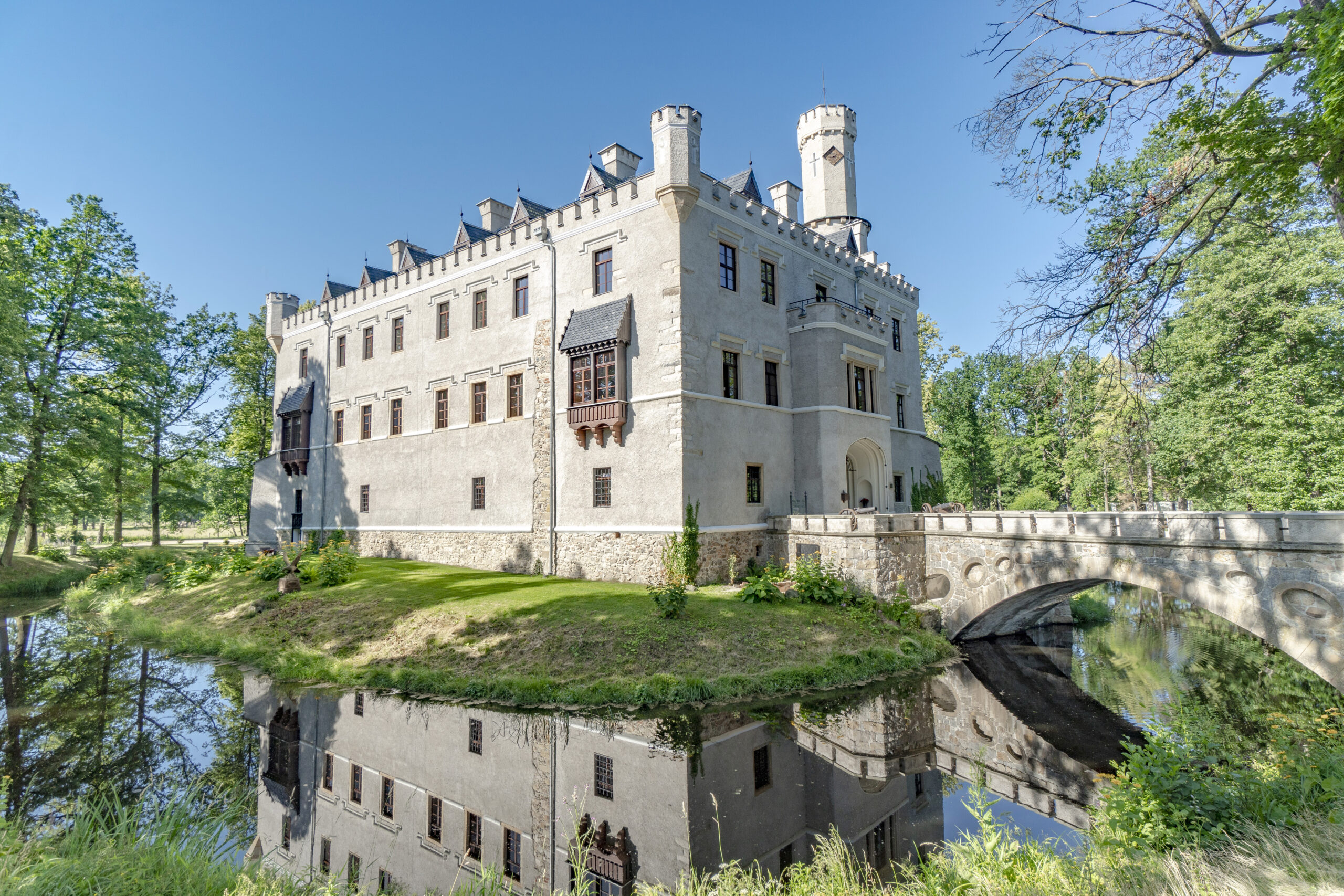
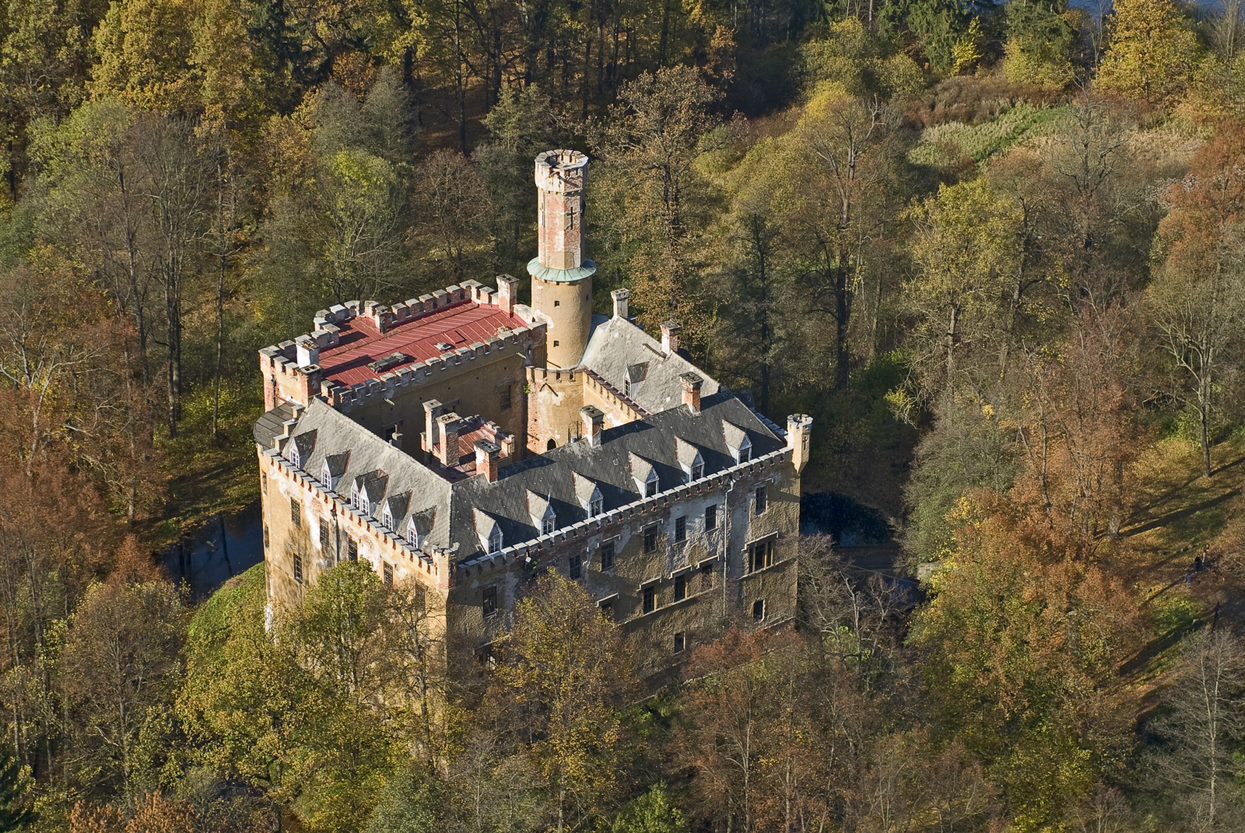







Palace Park
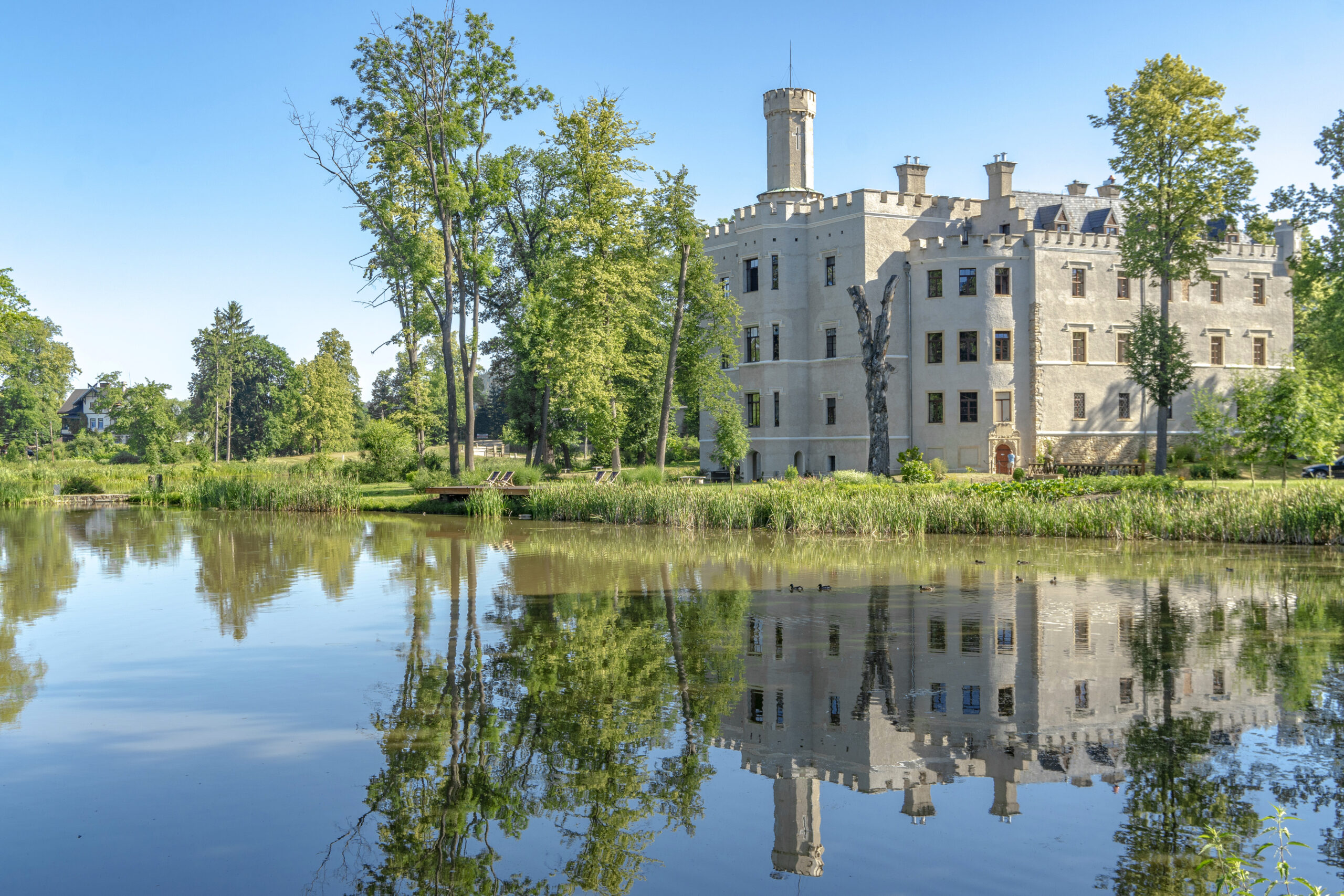


The palace is located in the eastern part of the village of Bukowiec, on the main rural road (Robotnicza Street) on the southern side of the road and belongs to the Ornamental Farm Bukowiec complex offering accommodation, a cafe and a museum.
A breakthrough date in the history of the estate was 1785, when the estate became the property of Count. Frederick Wilhelm von Reden, initiator and protector of the industrialization of Upper Silesia.
The palace in Bukowiec was originally built as a manor house in the mid-16th century. The current appearance of the palace is the result of 19th-century modernization in the classicist style.
Currently, the palace is owned by the Association of Karkonosze Municipalities. The most impressive room in the palace is the so-called An office with rich stucco decoration of the vault. The facility is in good condition. The palace is surrounded by a vast landscape park with numerous park pavilions available.
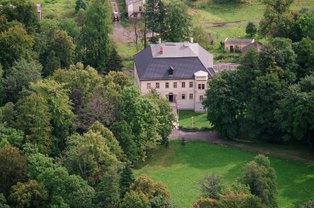





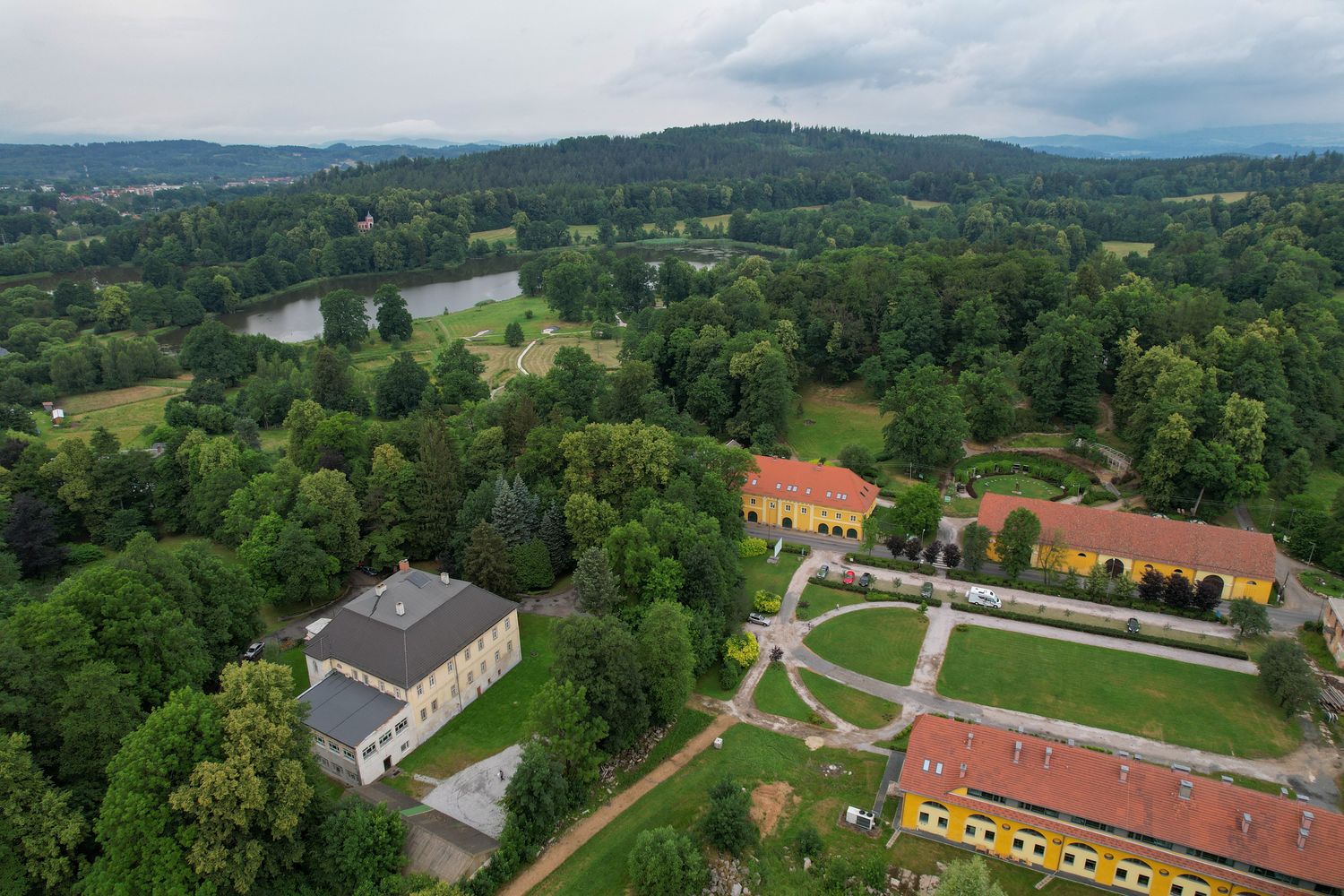
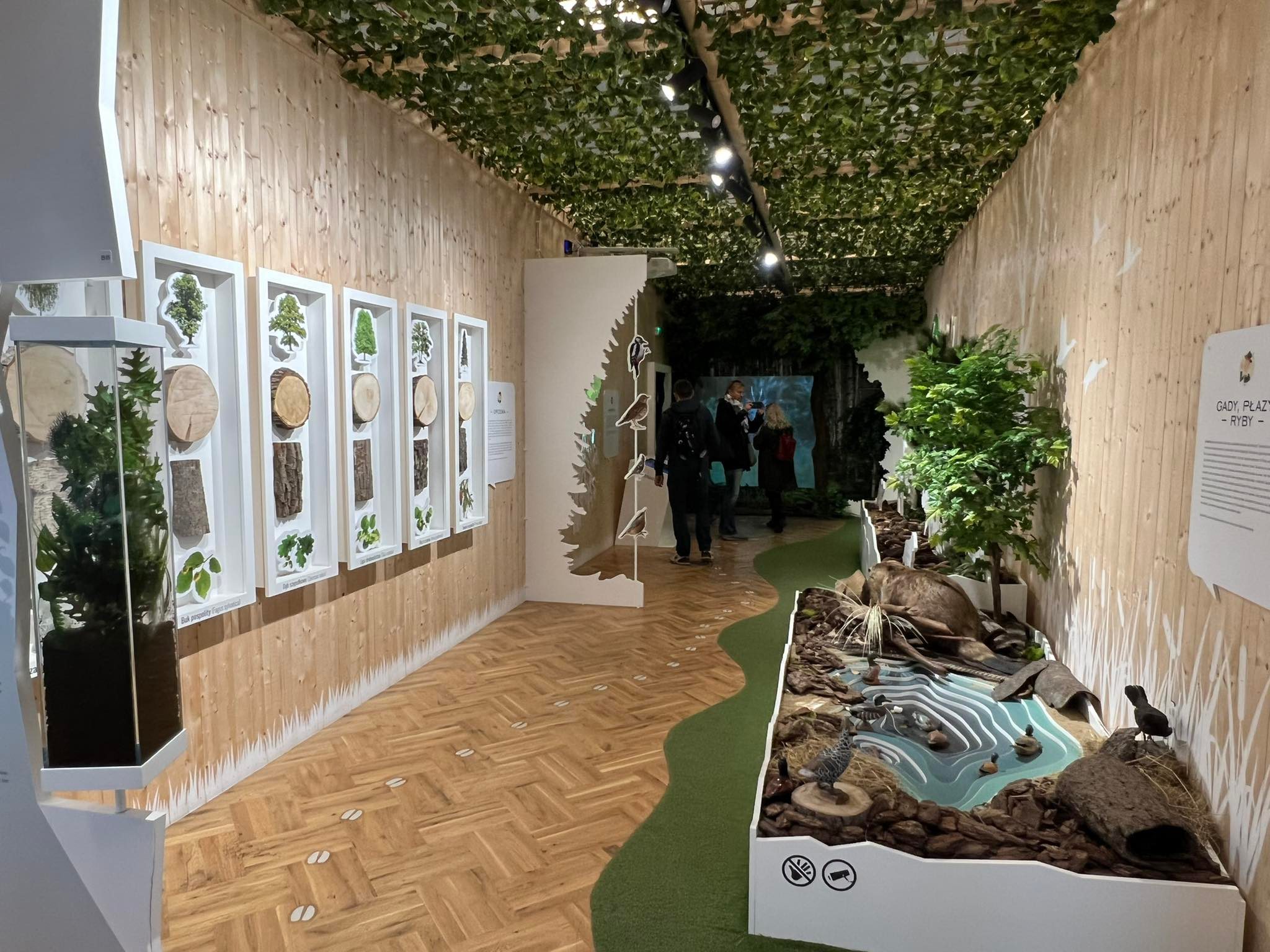
















Viewing platform
Miniature Park of the Great Buildings of the World
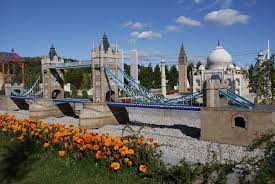


Leopold von Reibnitz in the second half of the 18th century. Only Count August Neidhard von Gneisenau rebuilt the baroque palace after 1816 in the neoclassic style. In 1831, the estate was bought by the Prussian king, Frederick William III, who transformed it into a crown estate.
From the west, an octagonal tower topped with a battlemented platform adjoins the palace. The whole thing is covered with a flat roof. There are numerous farm buildings near the palace. The whole area is surrounded by a vast landscape park. The neo-Gothic decor includes Tudor arches in frames, battlements and turrets in the corners. Currently, there is a school here. No tourist route.
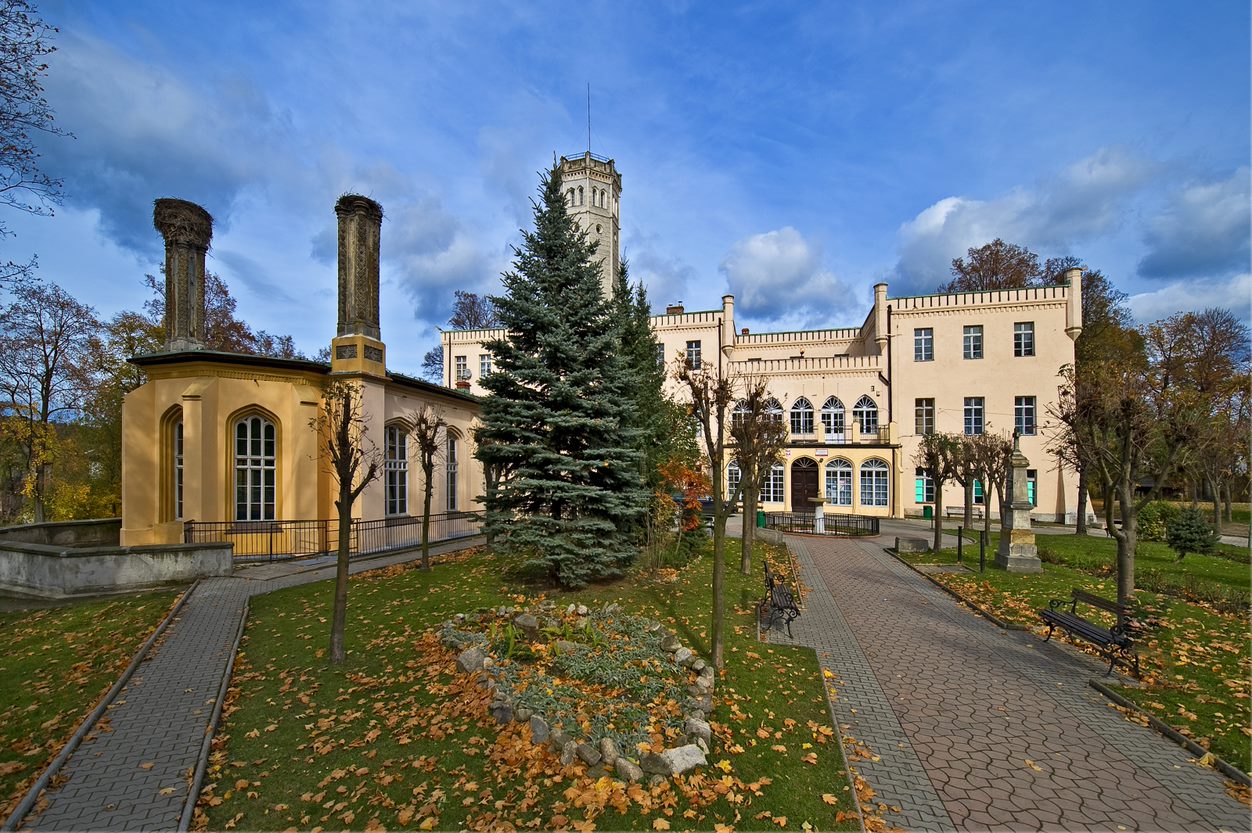


The origins of the palace building probably date back to the second half of the 16th century. The largest reconstruction took place during the times of Prince von Reuss after 1787. The result of the 20th century expansion is the southwestern annex.
The current shape of the palace is rectangular with avant-corps, two-story with an open courtyard facing the garden. The building is covered with a hip roof with dormers. Stone portals, window architraves and a coat of arms cartouche have been preserved. The palace is surrounded by a landscape park.
Currently, the Staniszów palace houses a hotel, restaurant and conference center. There is also a lively cultural life thanks to the Forum Staniszów Foundation, which supports, among others, local artists (exhibition in the palace gallery). Concerts from the "Muzykalia Staniszowskie" series and cultural events are organized.

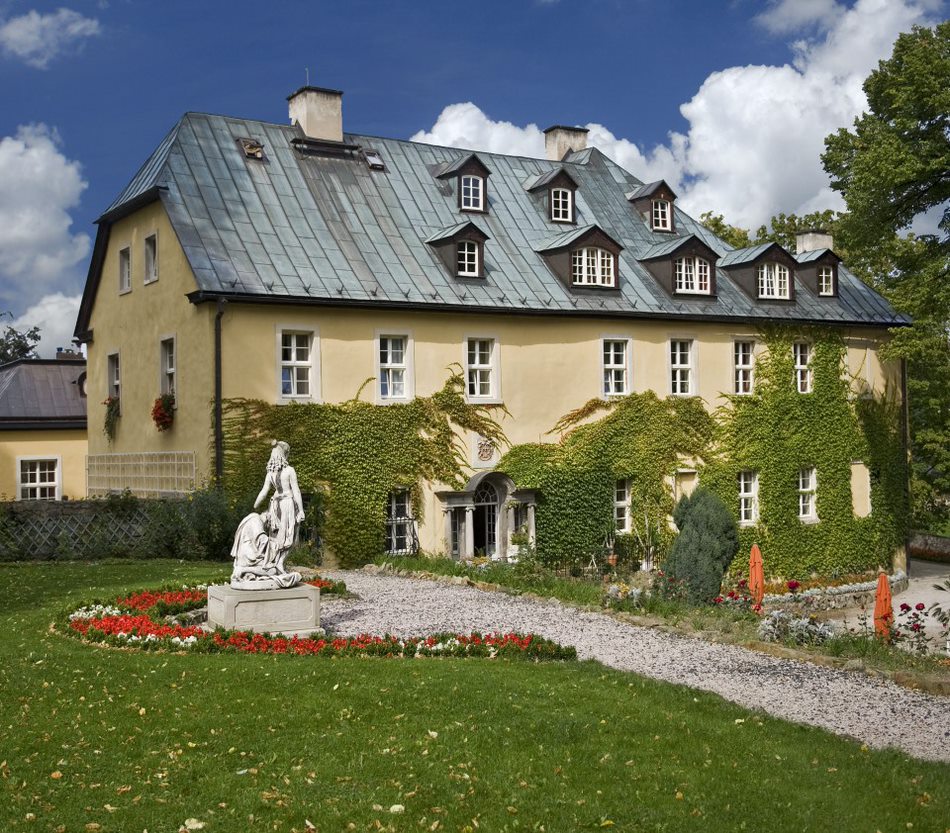




The Linen Department Store on the farm has an extremely wide range of linen-related products. On two floors there is a wide range of the best Polish linen fashion designers for women and men, beautiful tableware and bedding made of 100% noble linen, and original linen accessories. The offer also includes linen fabrics and linen cosmetics. Open every day.
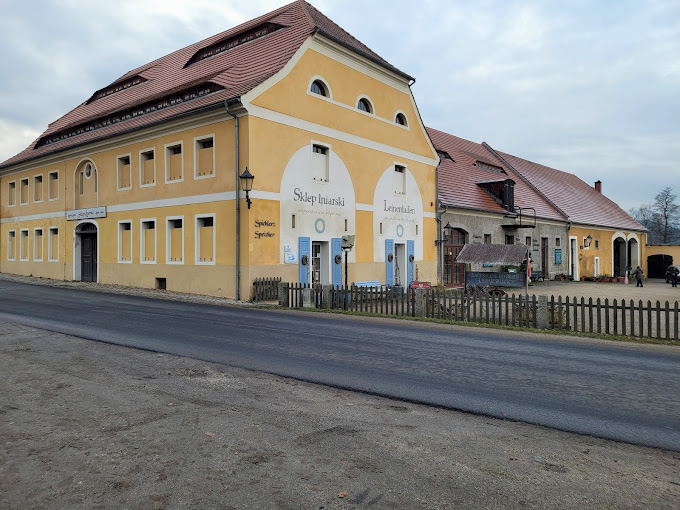
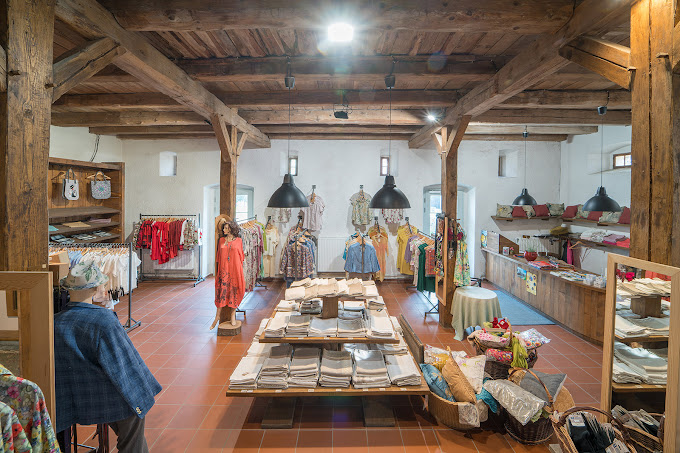
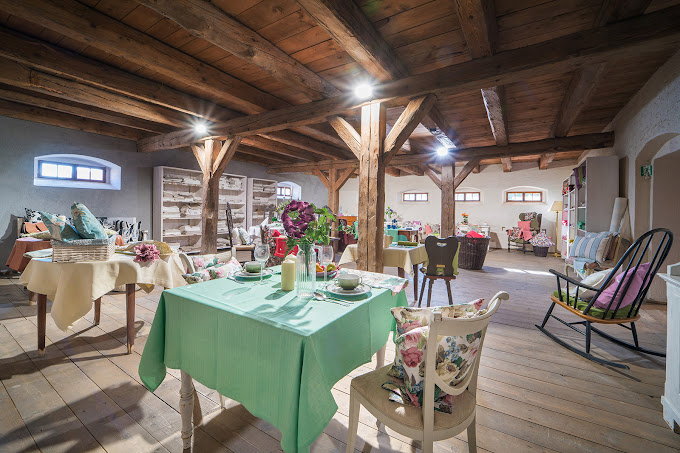






The station is open to the public and free for all cyclists. In the farm next to the station there are many stands, a beer garden in front of the restaurant where cyclists can feel free and a mini point with a bicycle repair kit.
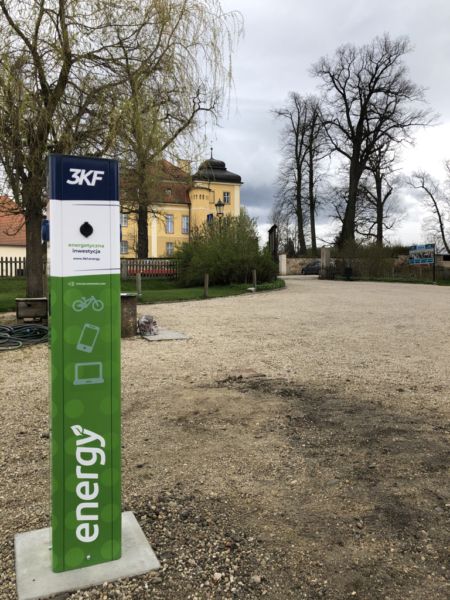
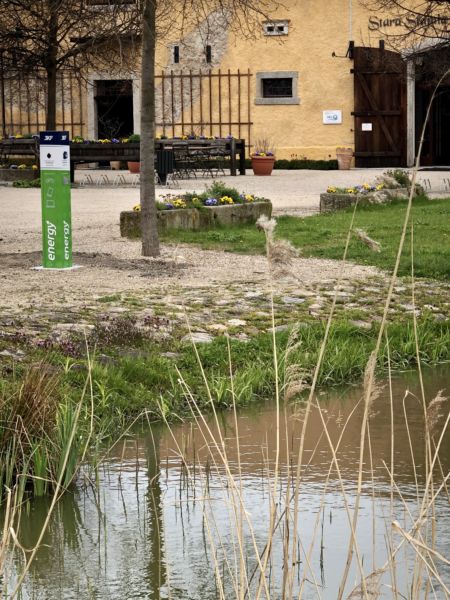
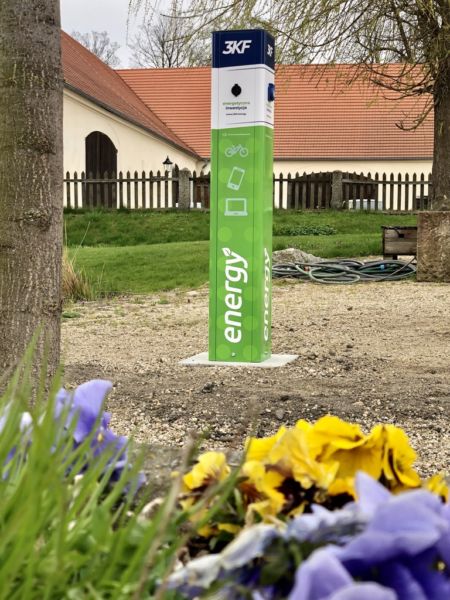
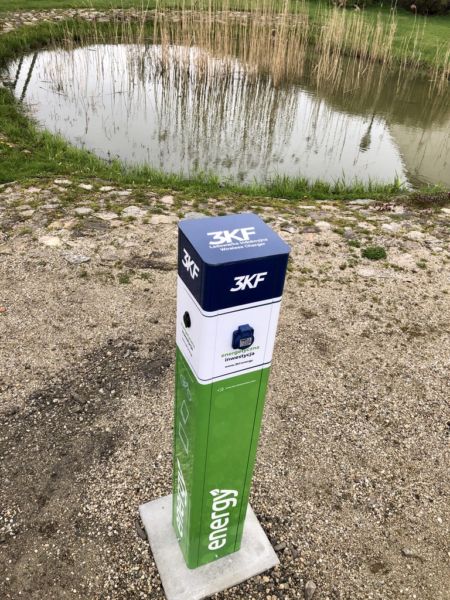








Stara Stajnia Restaurant
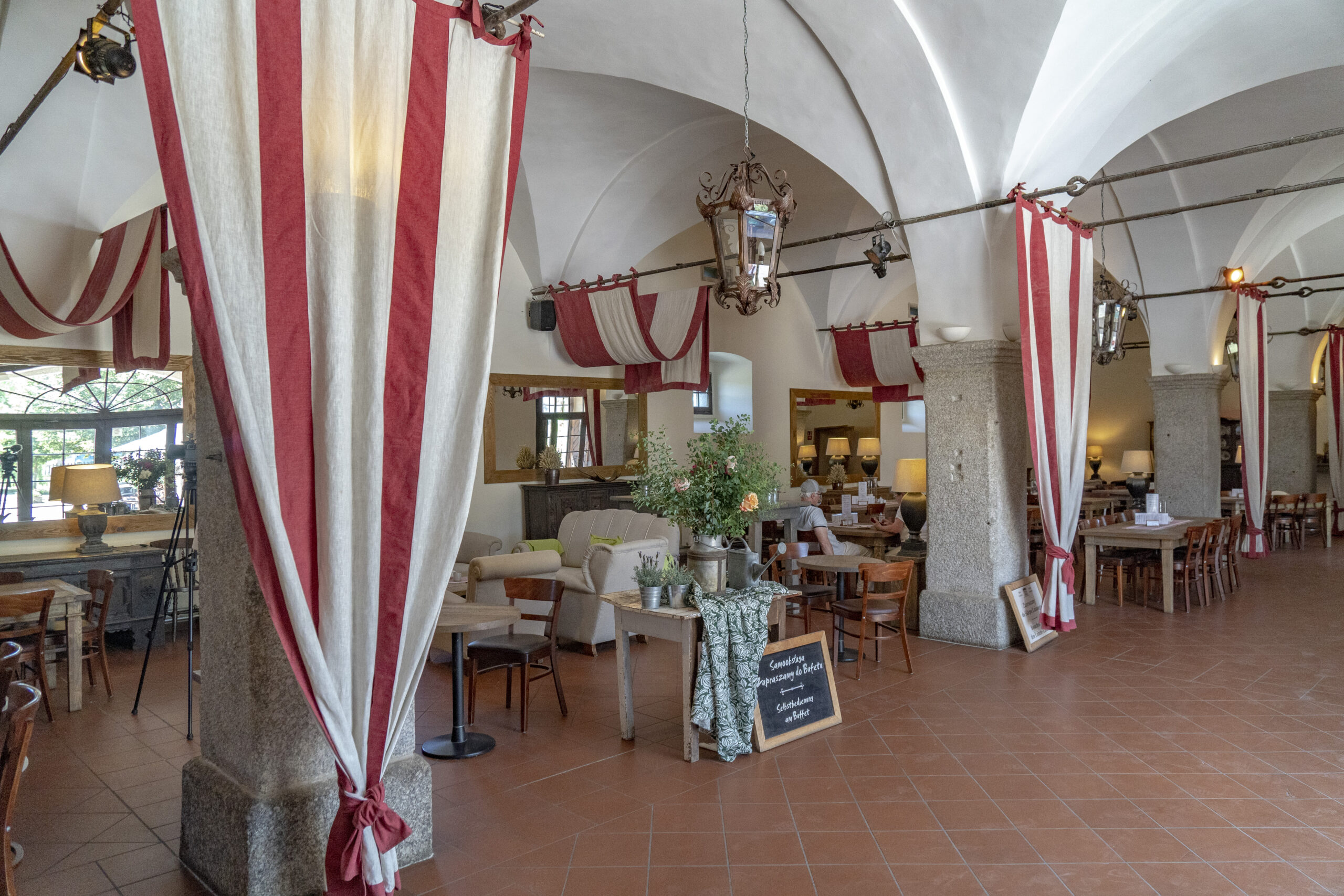



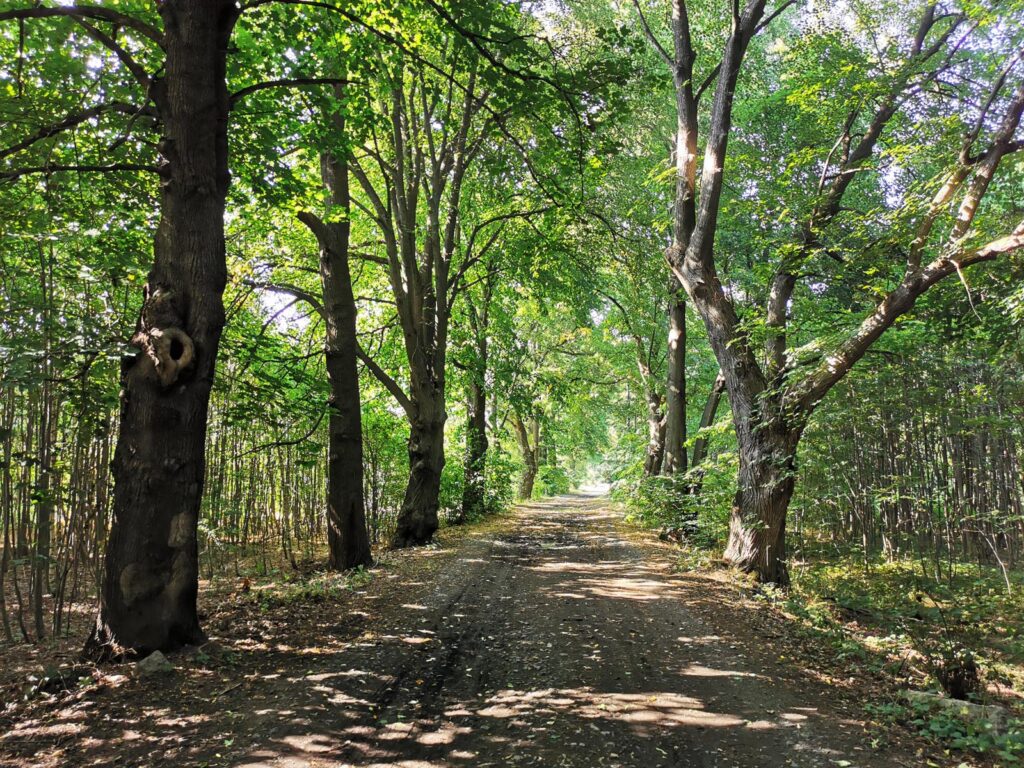
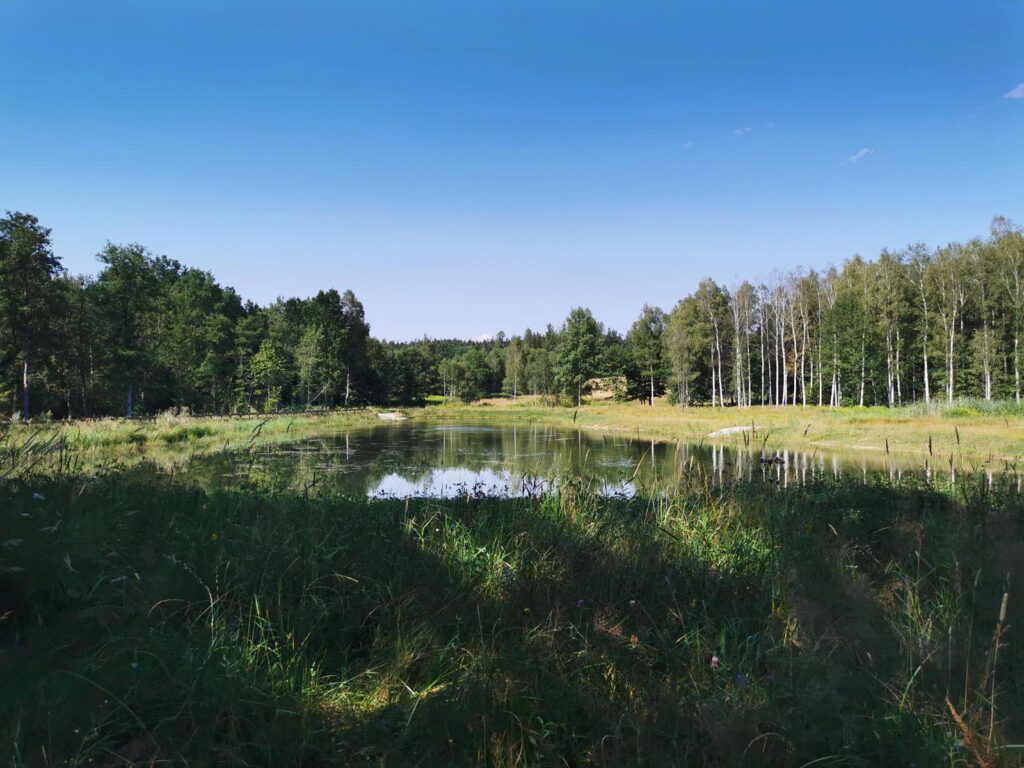
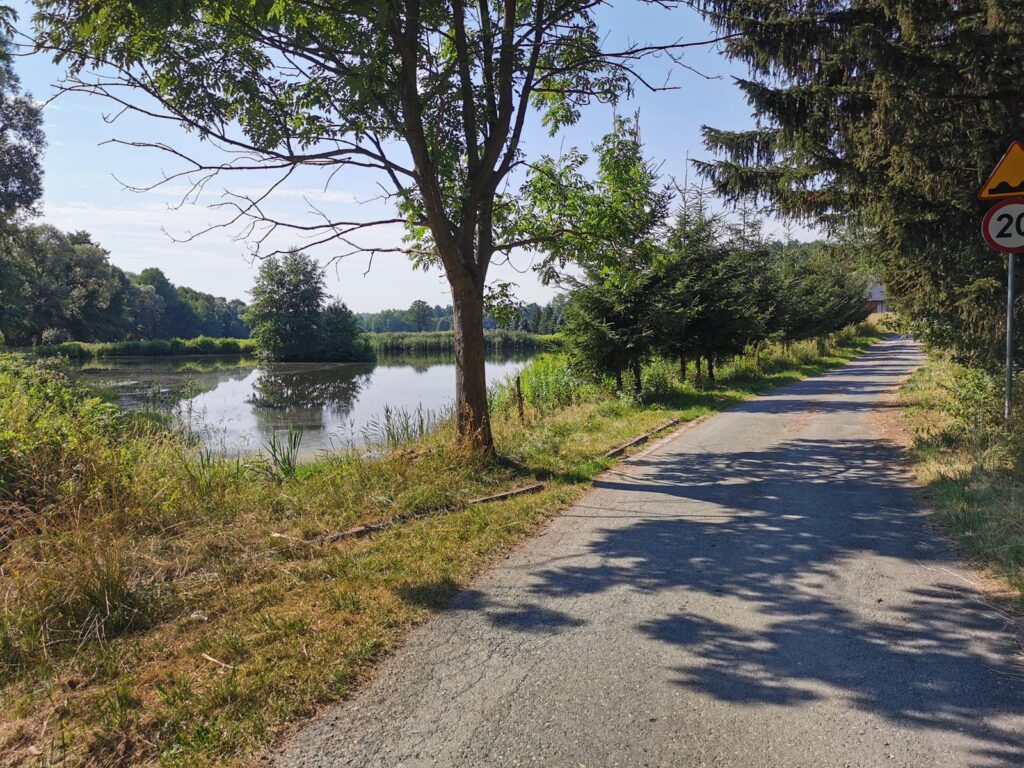

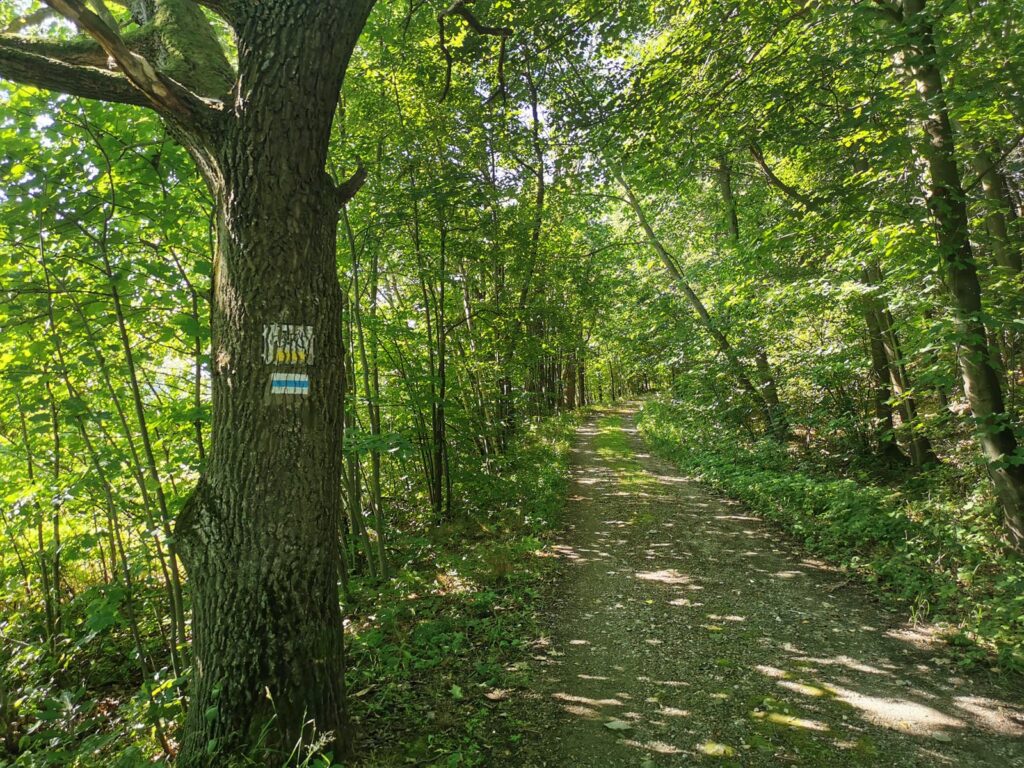
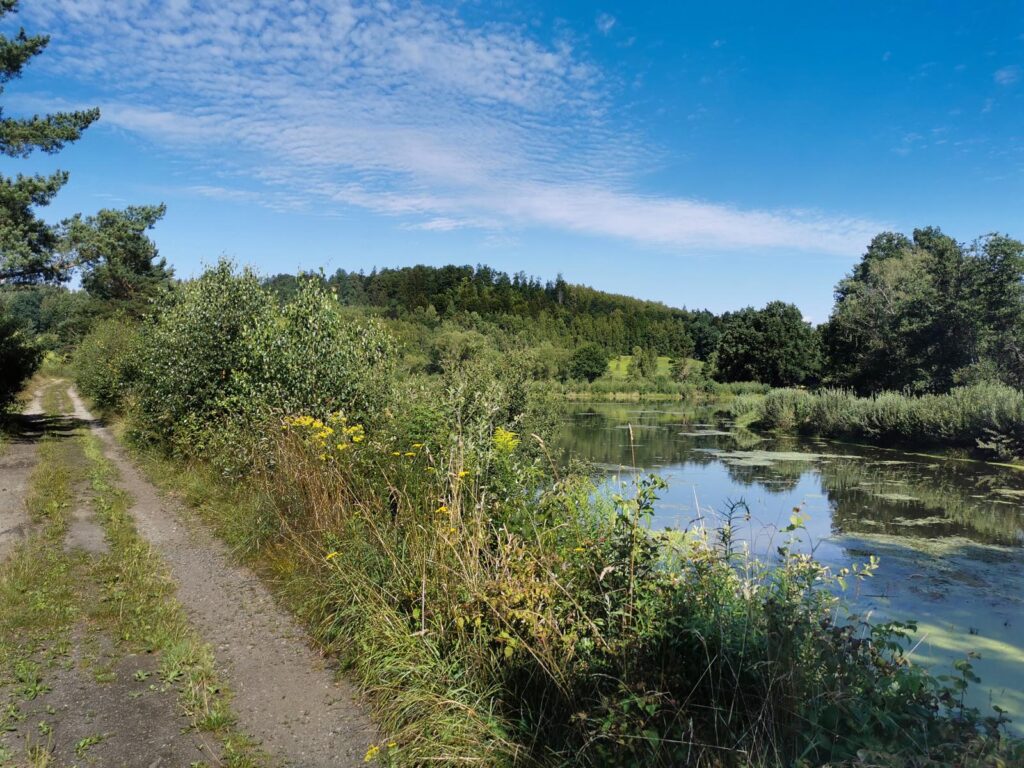
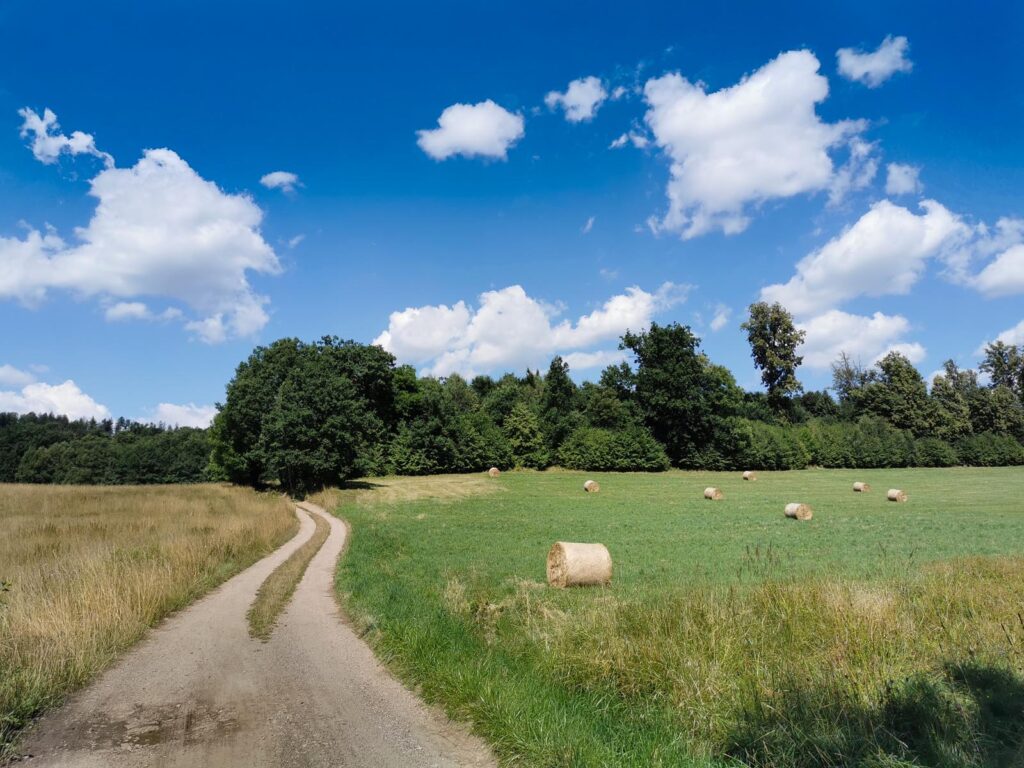
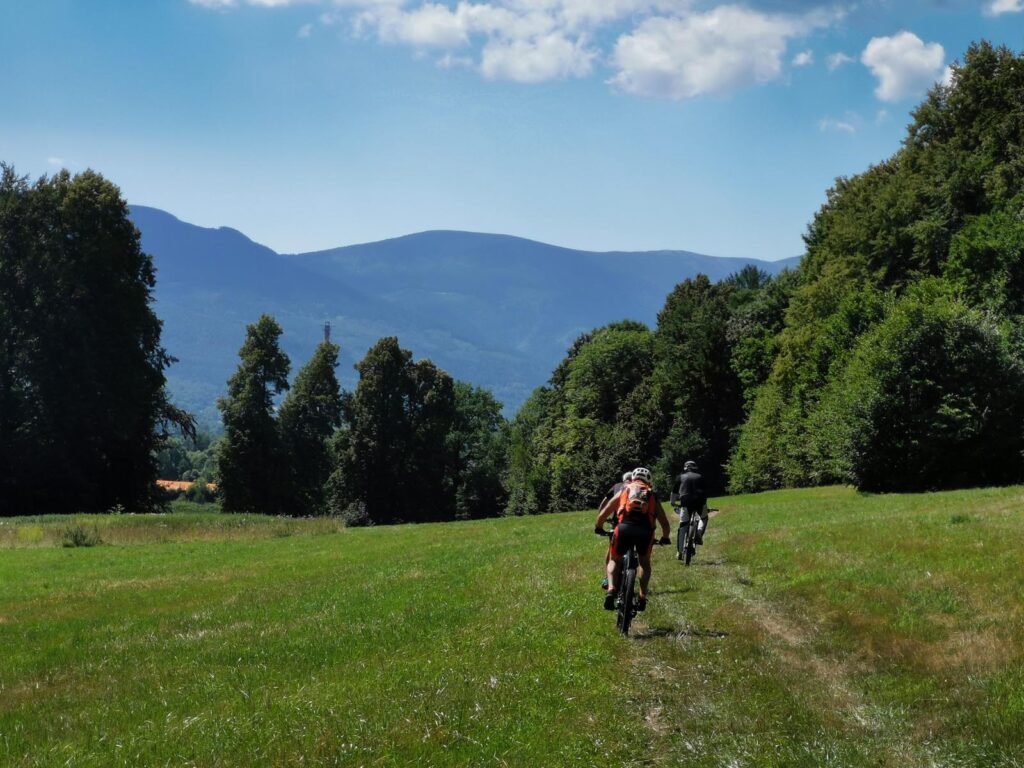
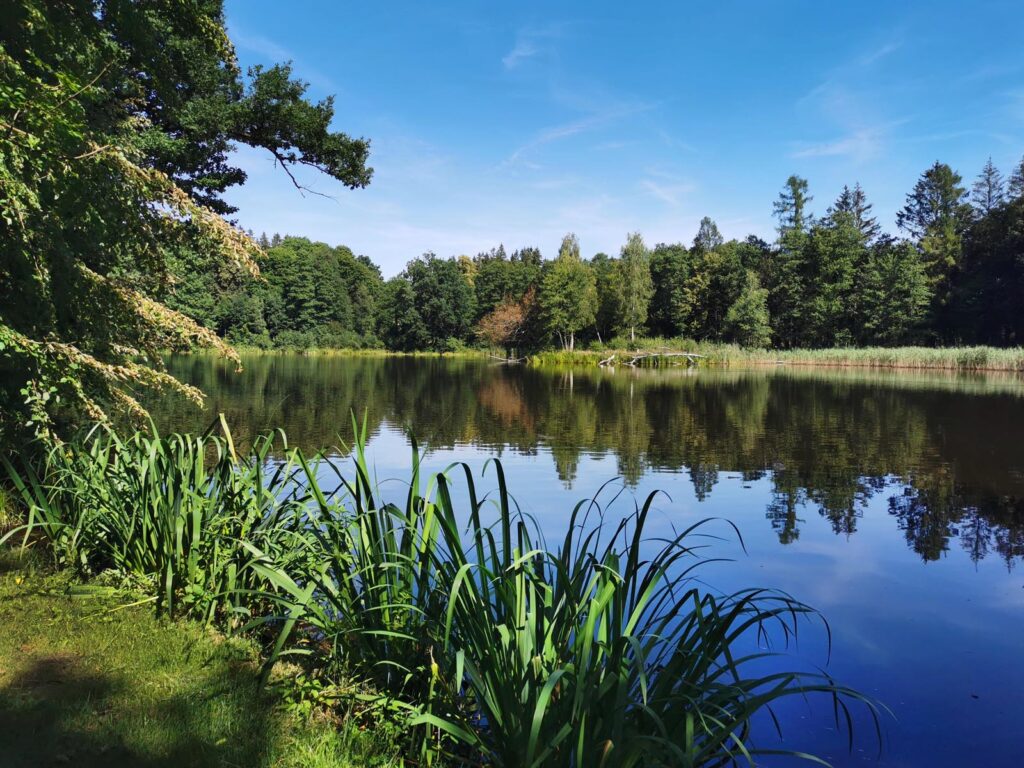
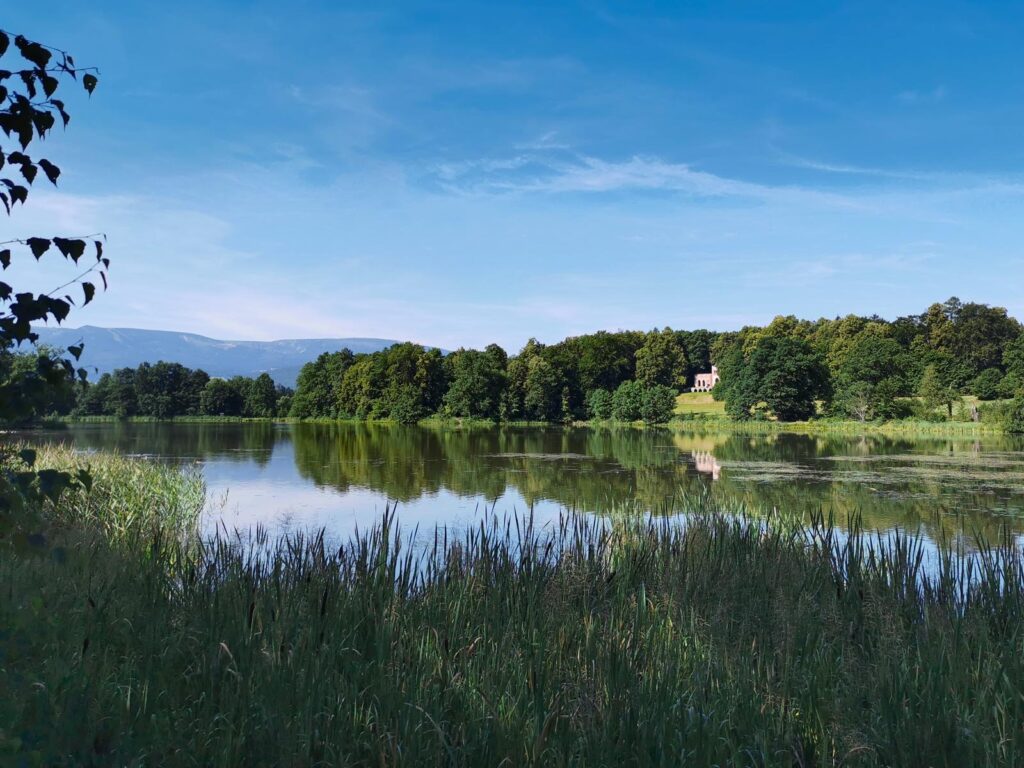
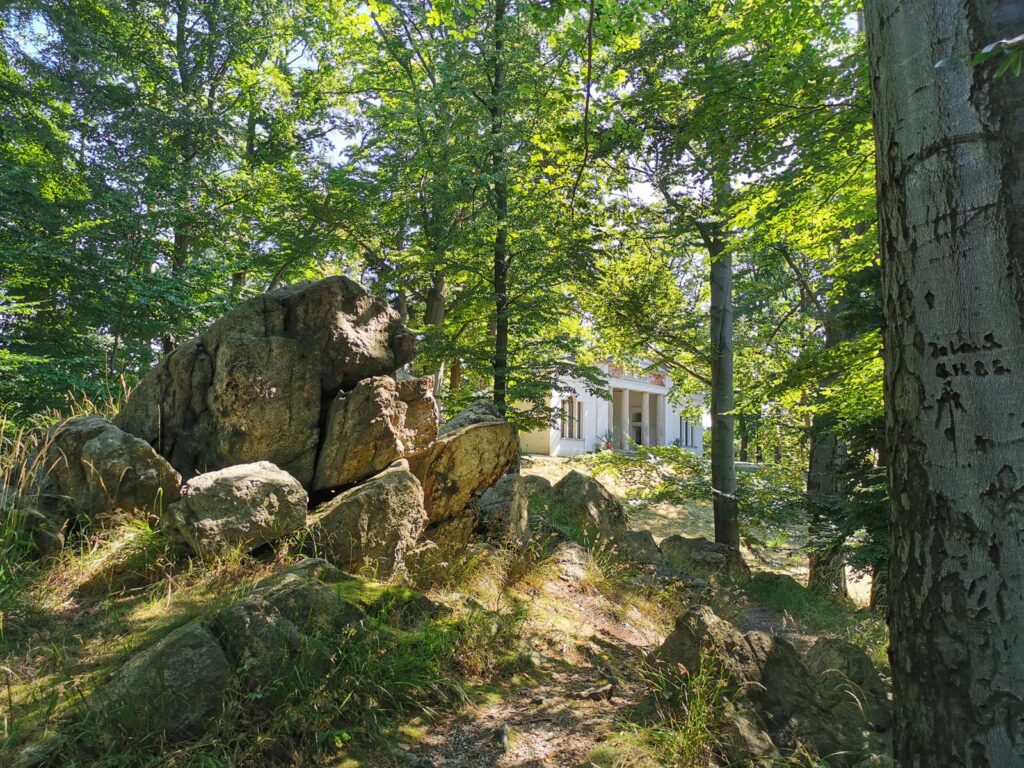
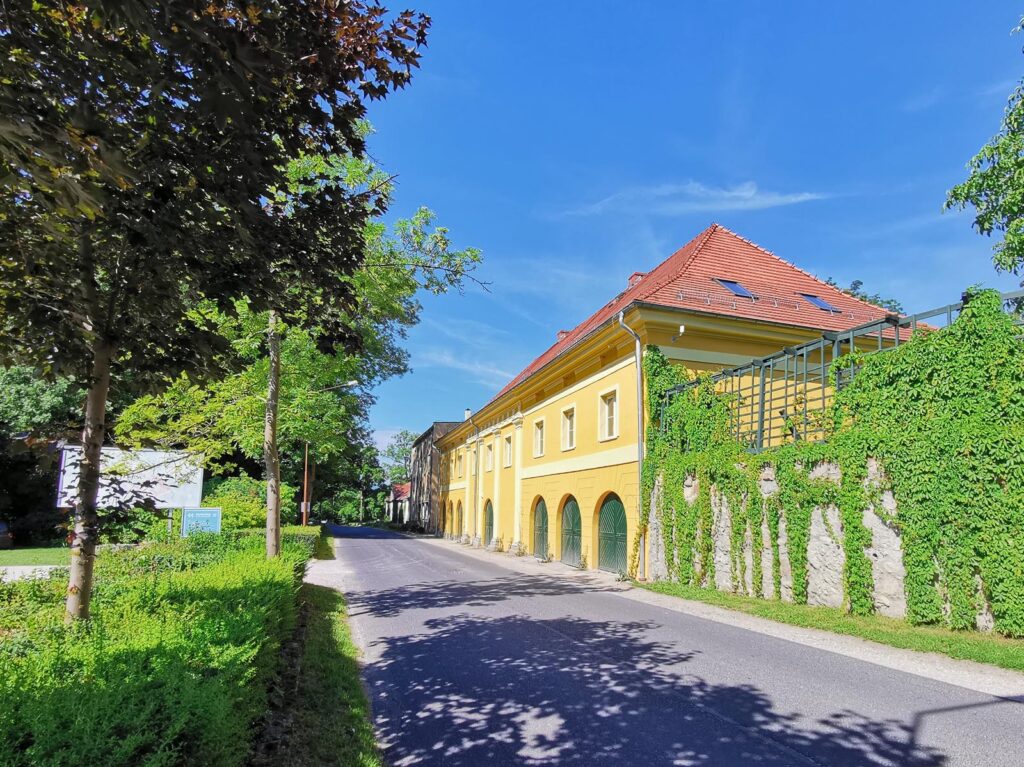
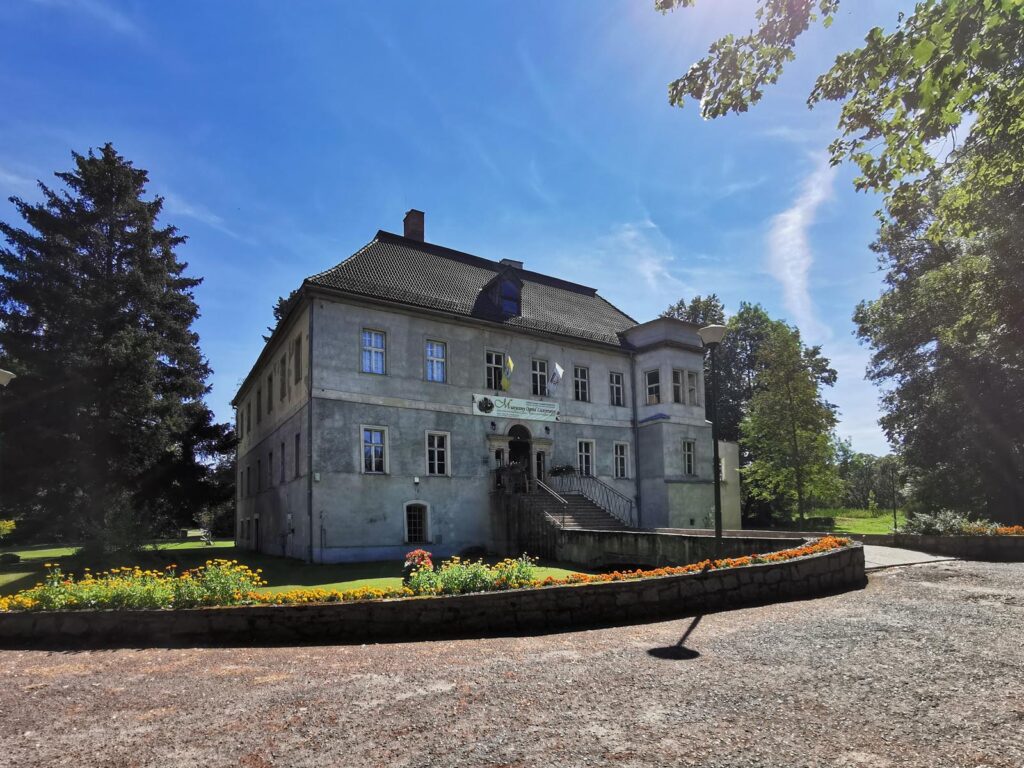

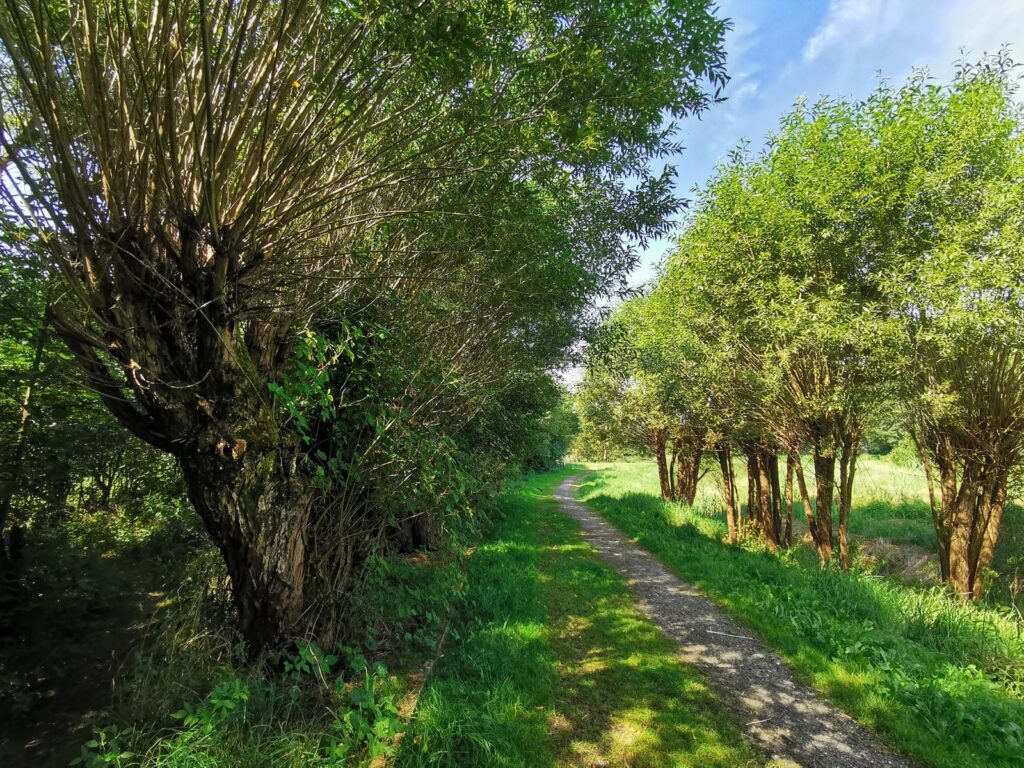
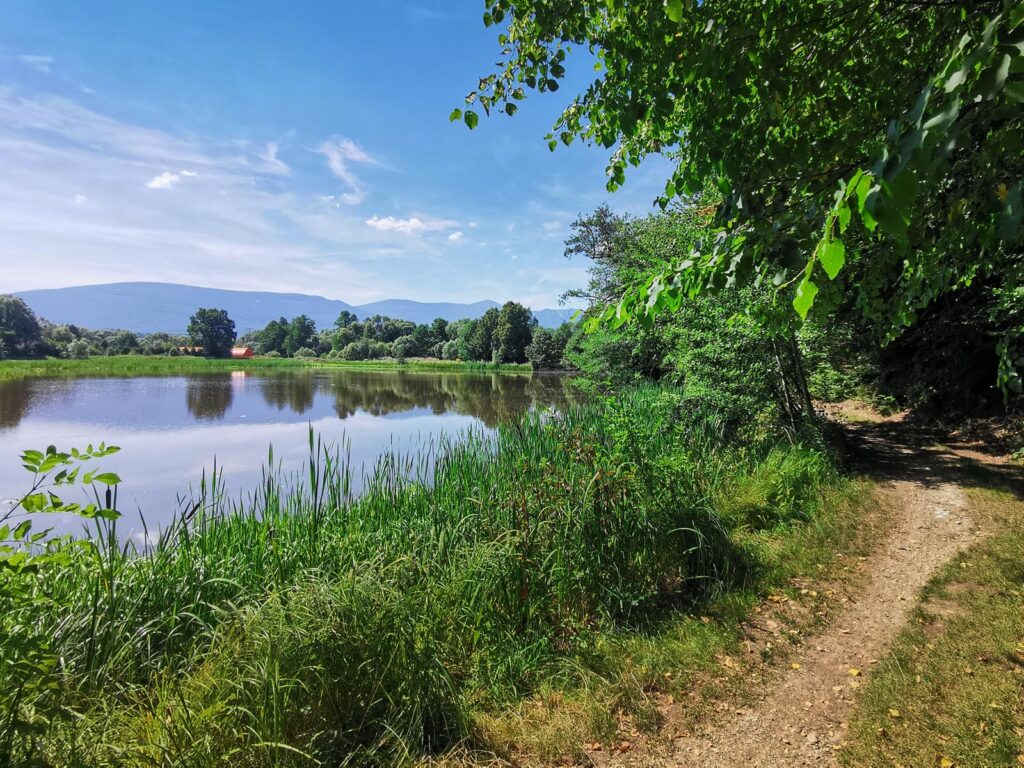
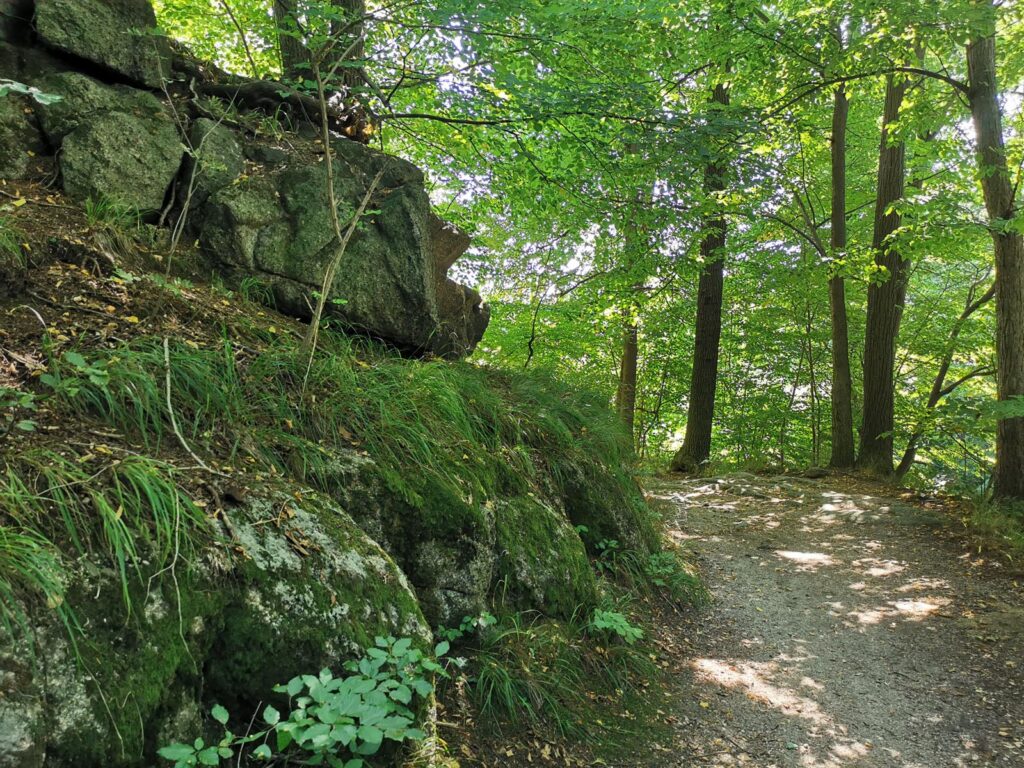
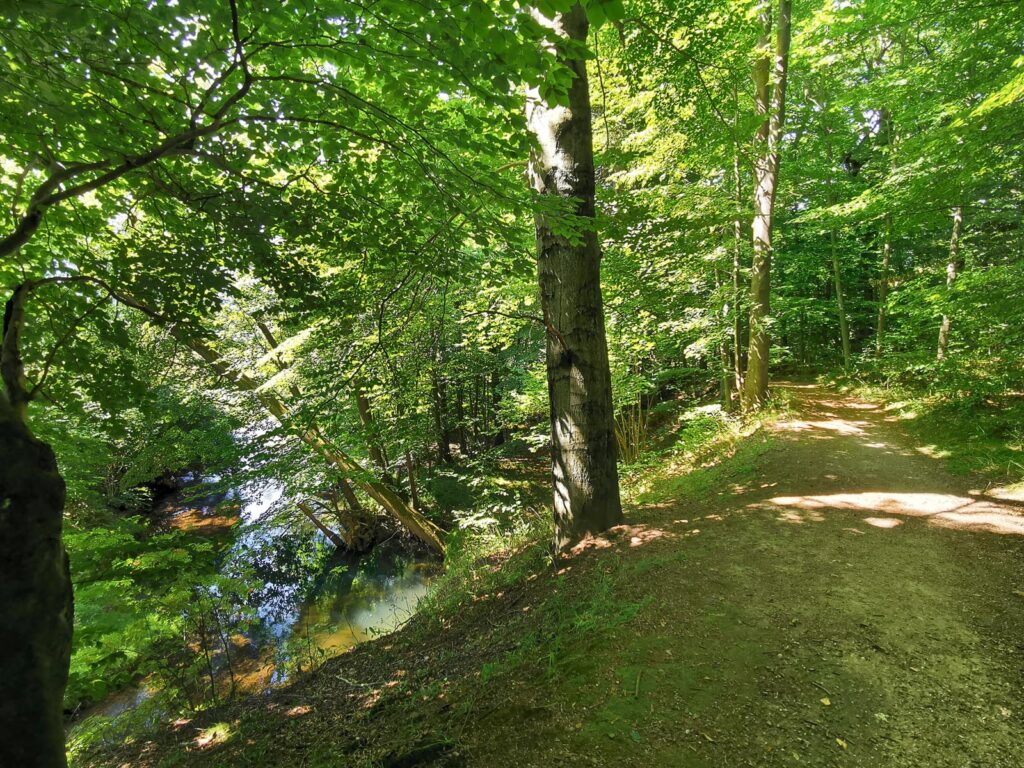
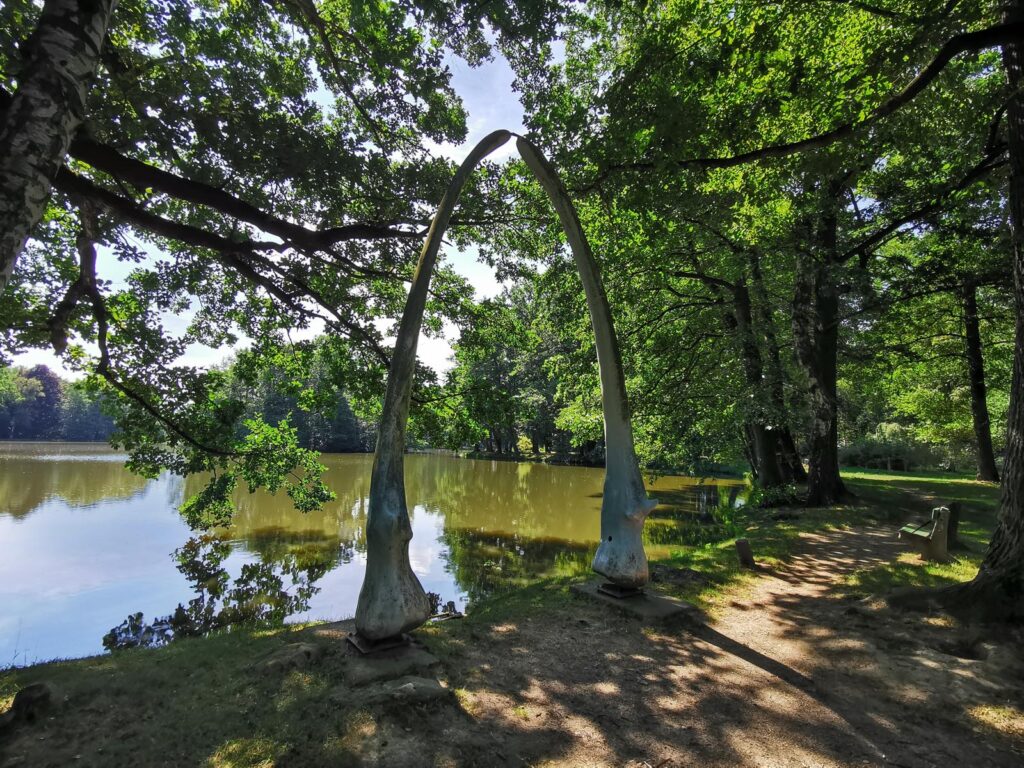
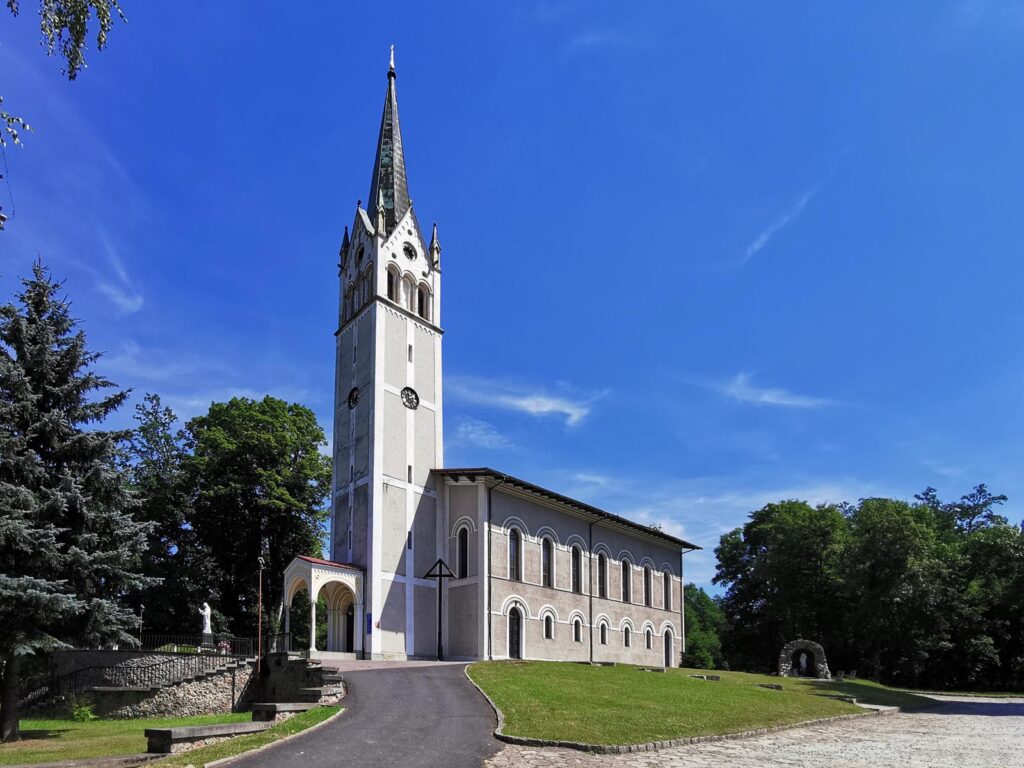
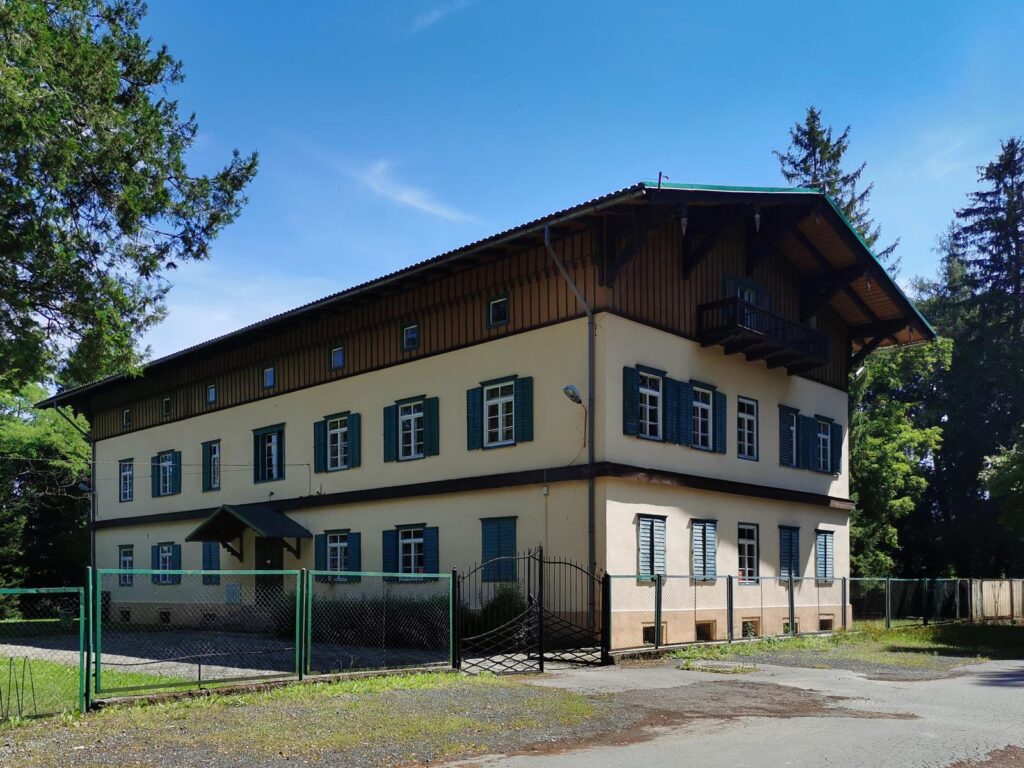
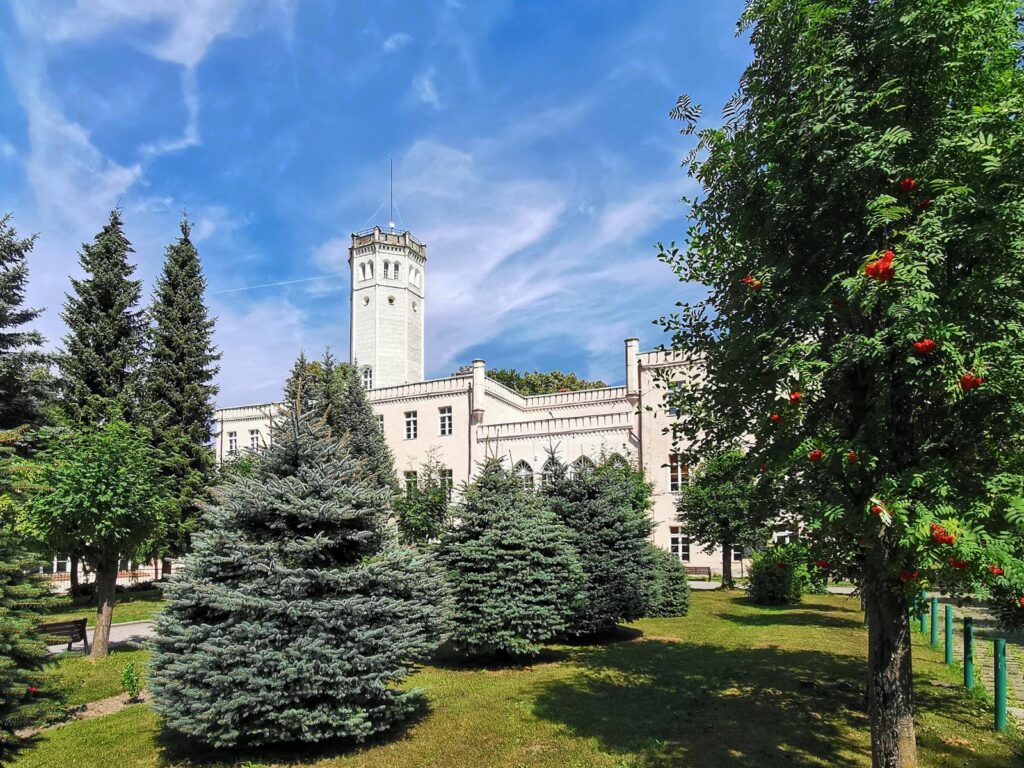
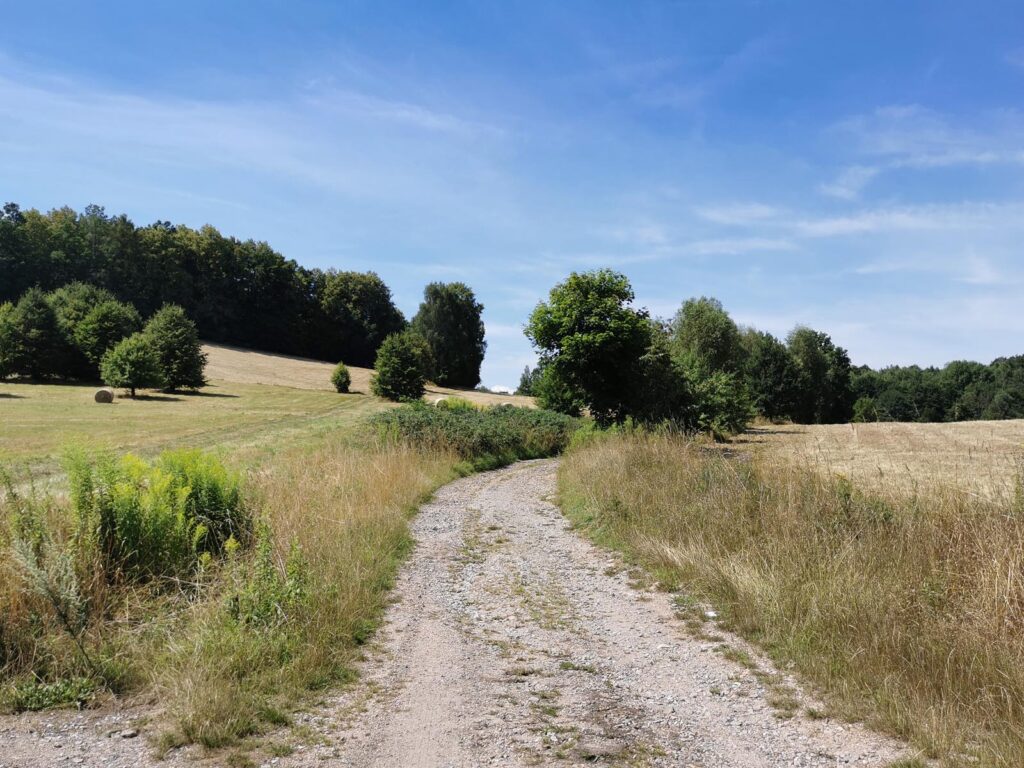
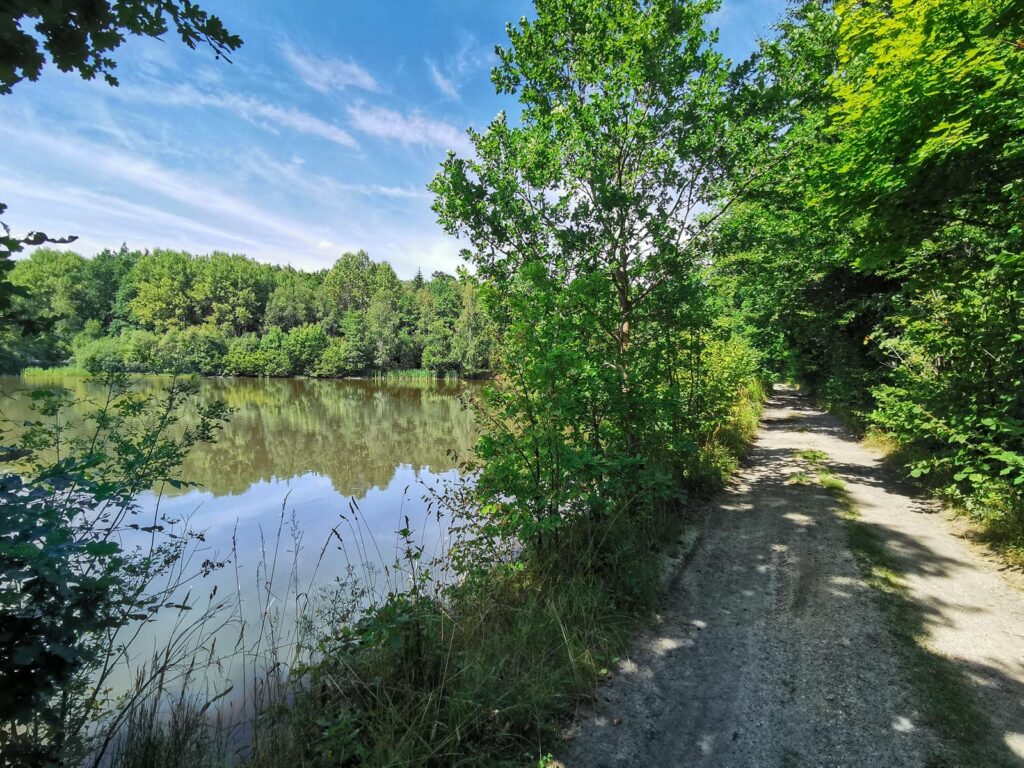
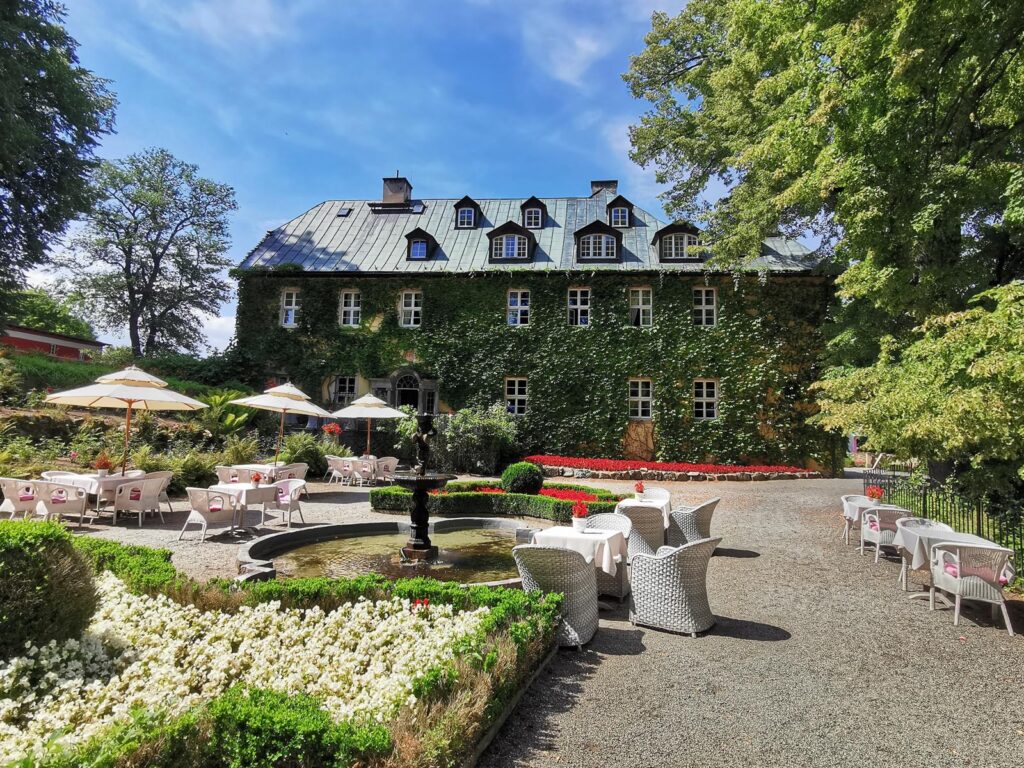
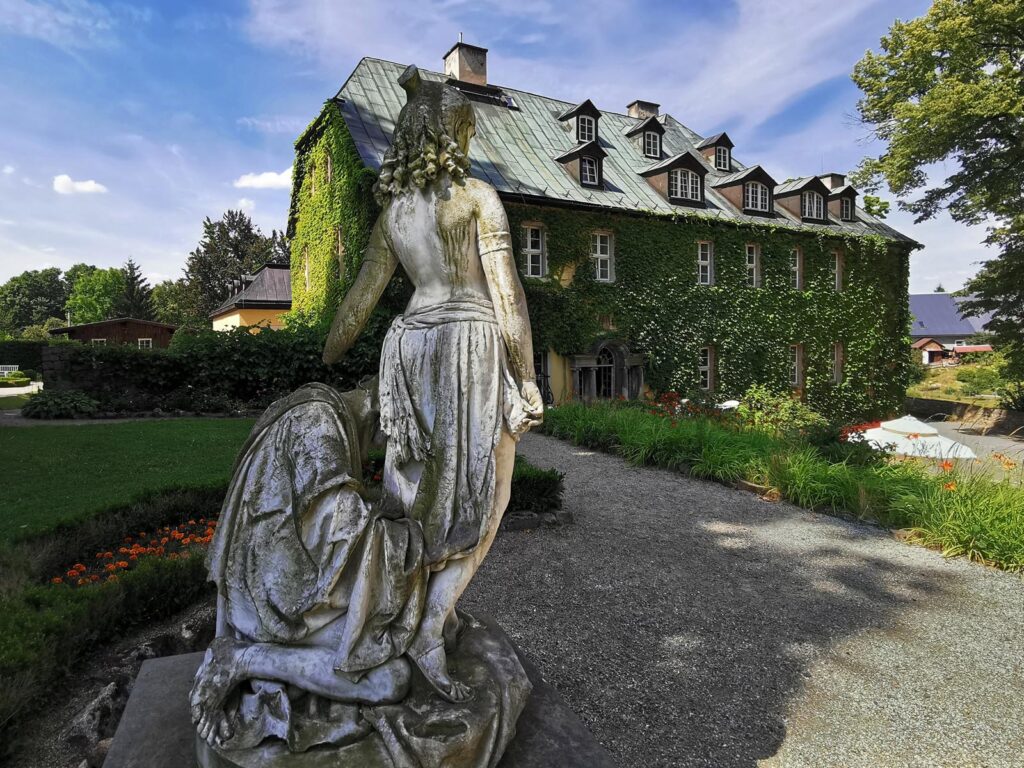
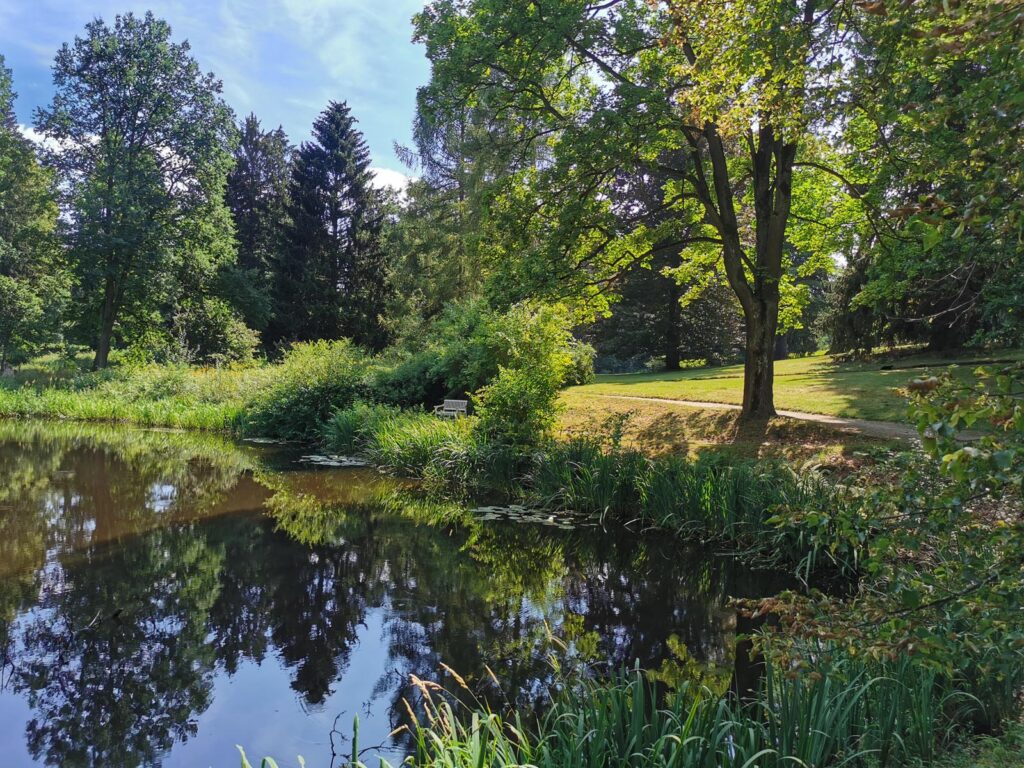
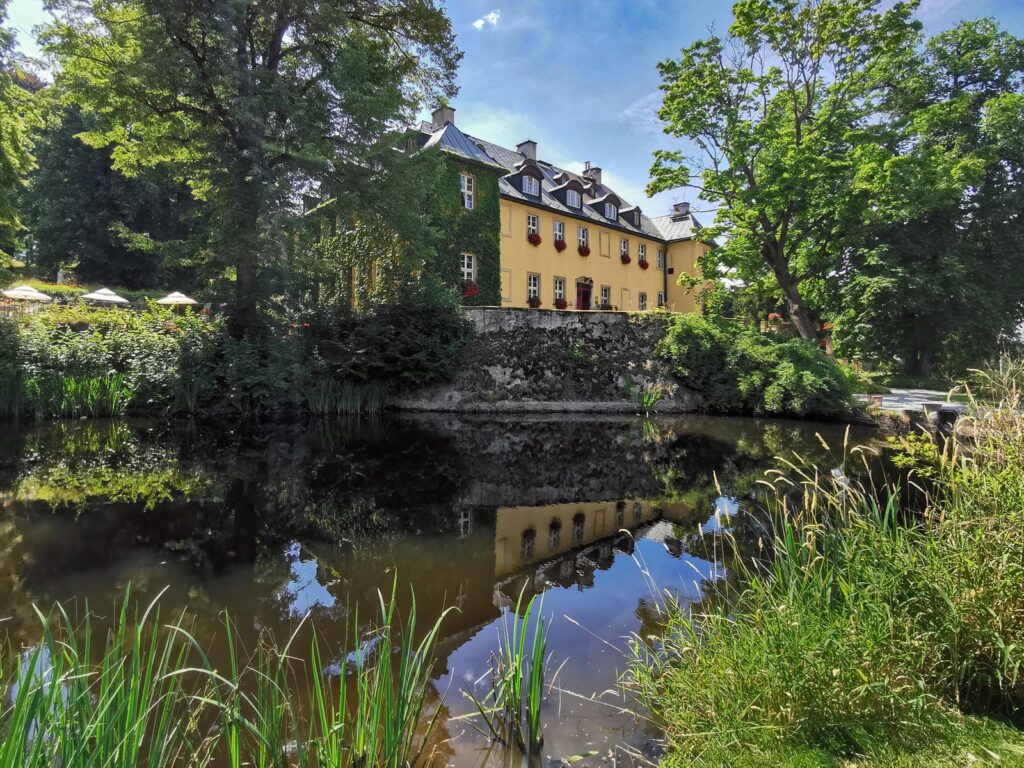
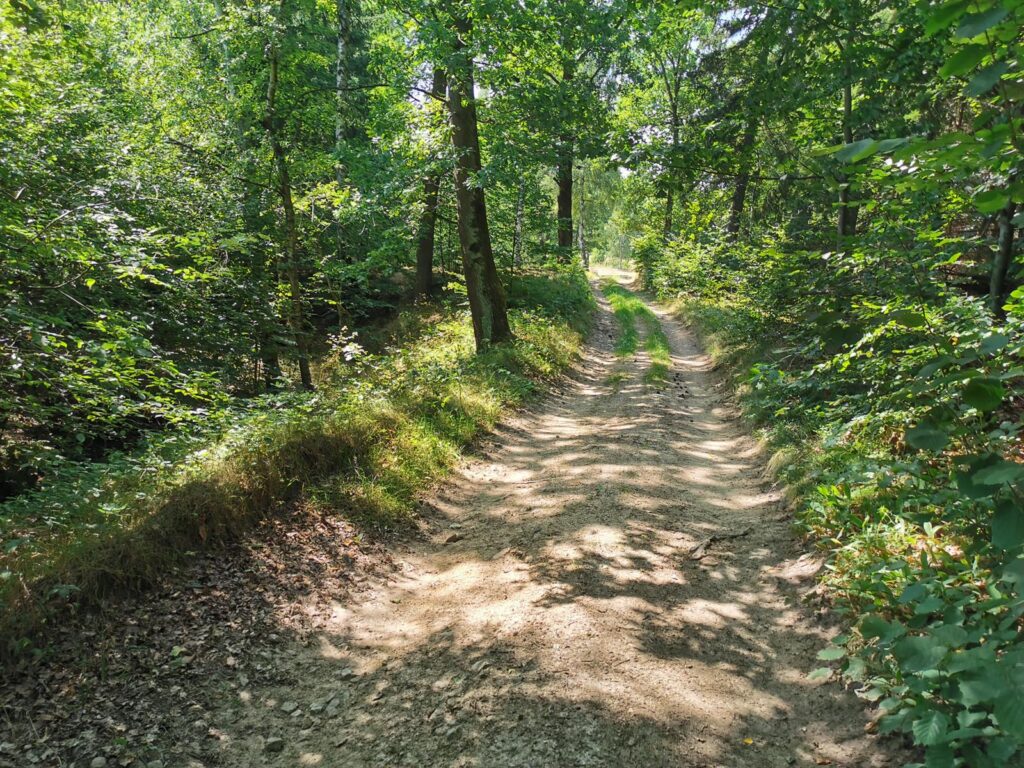
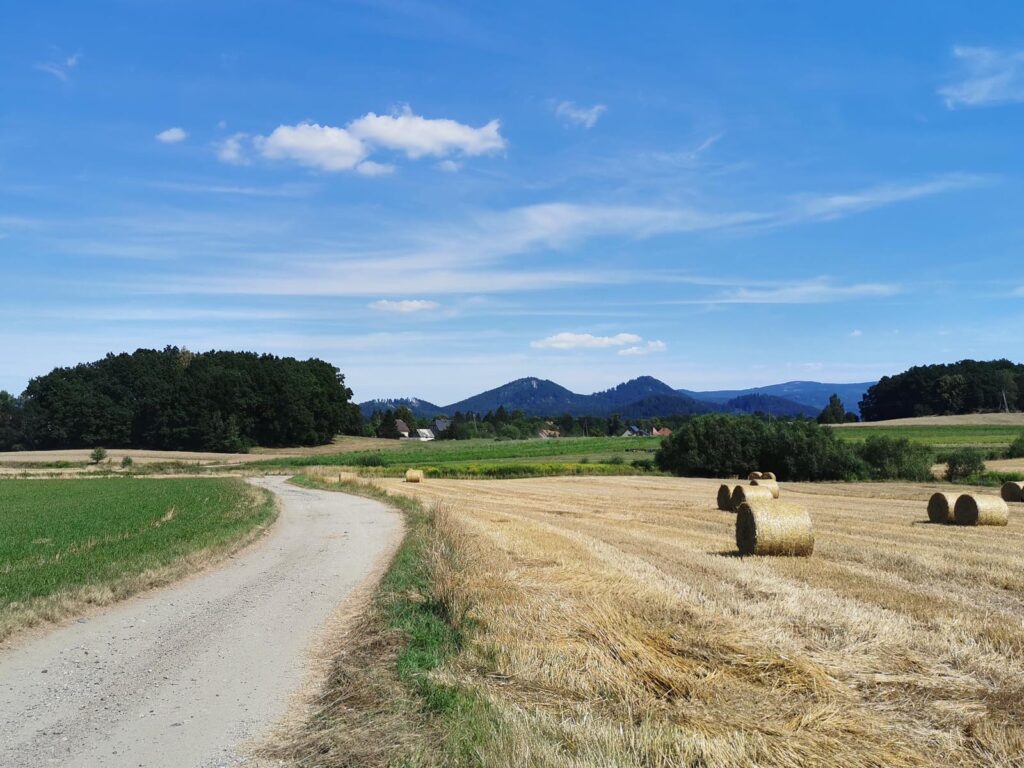
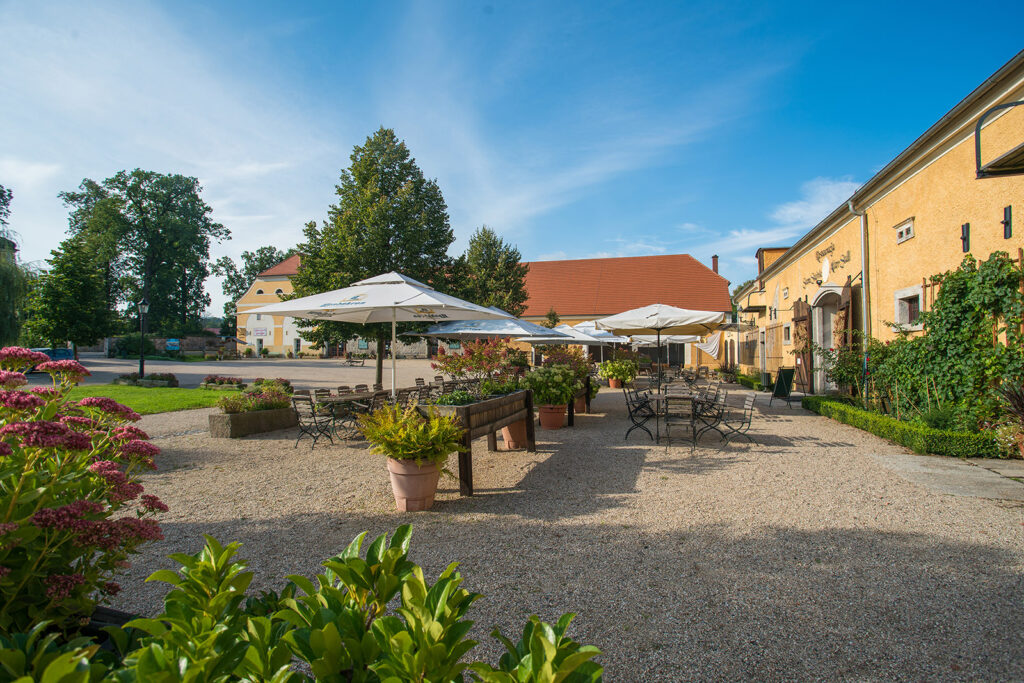
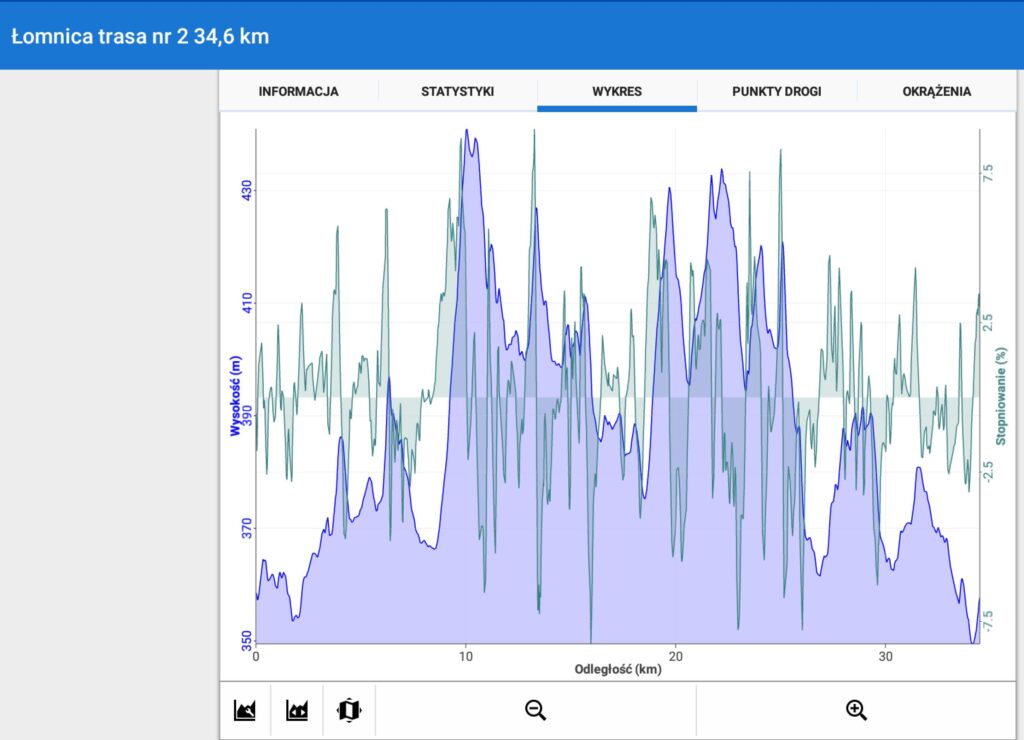
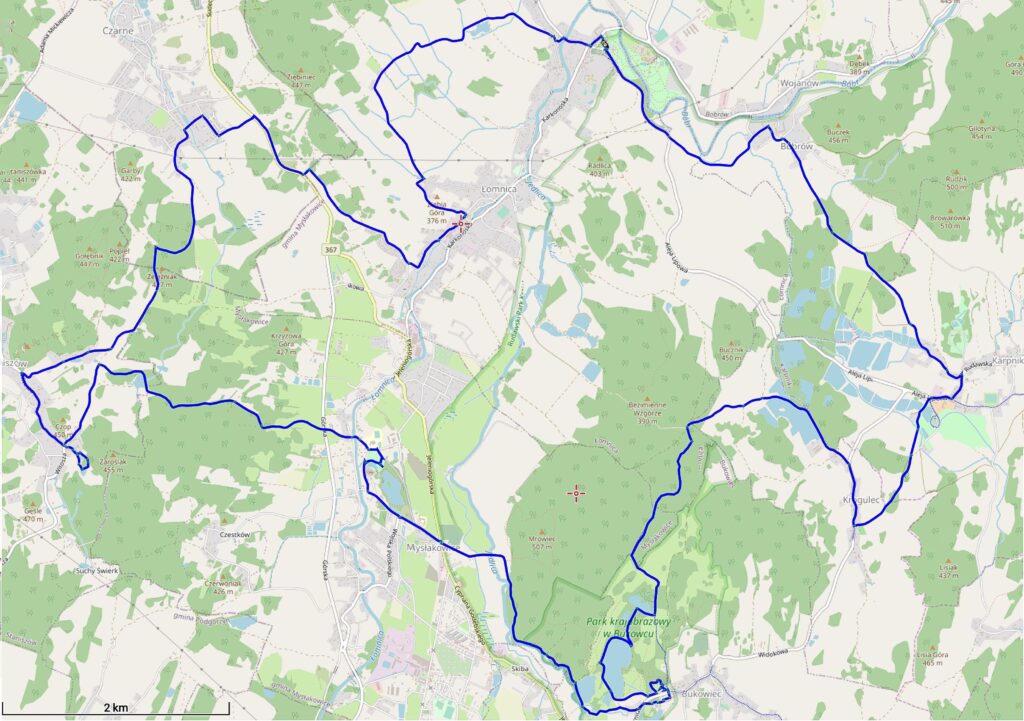




































































More features:
Type route:
family
Roads:
dirt,
gravel
Bike type:
any
Marking:
very good

